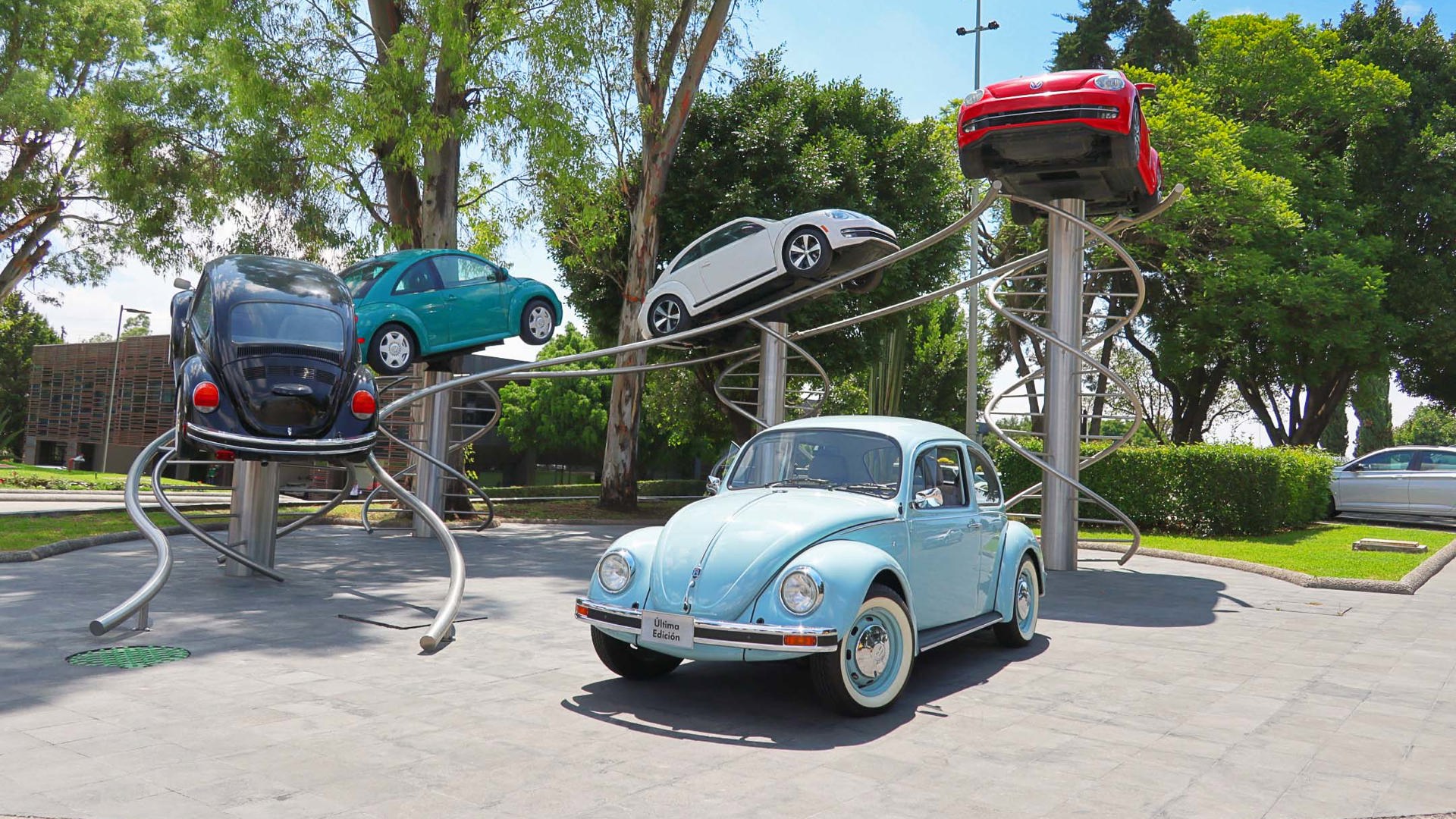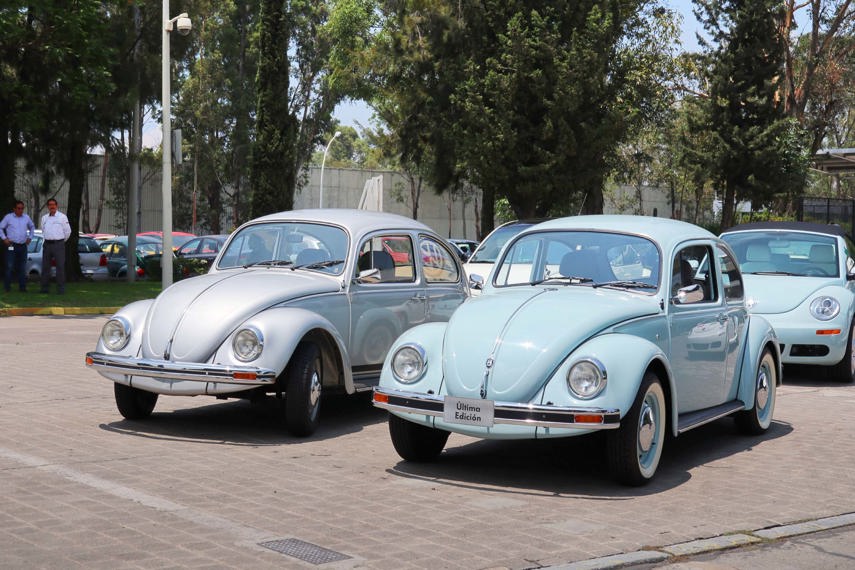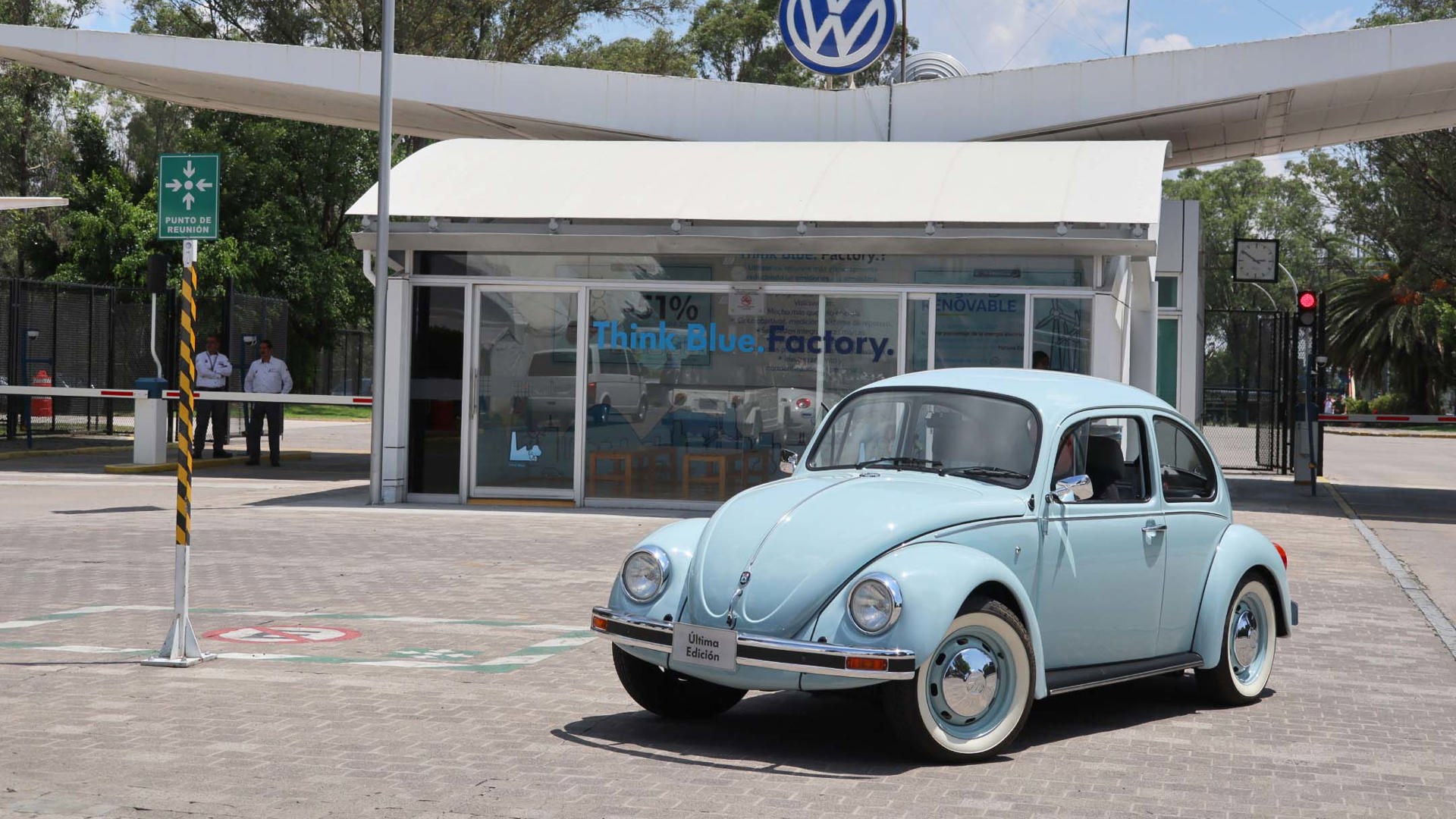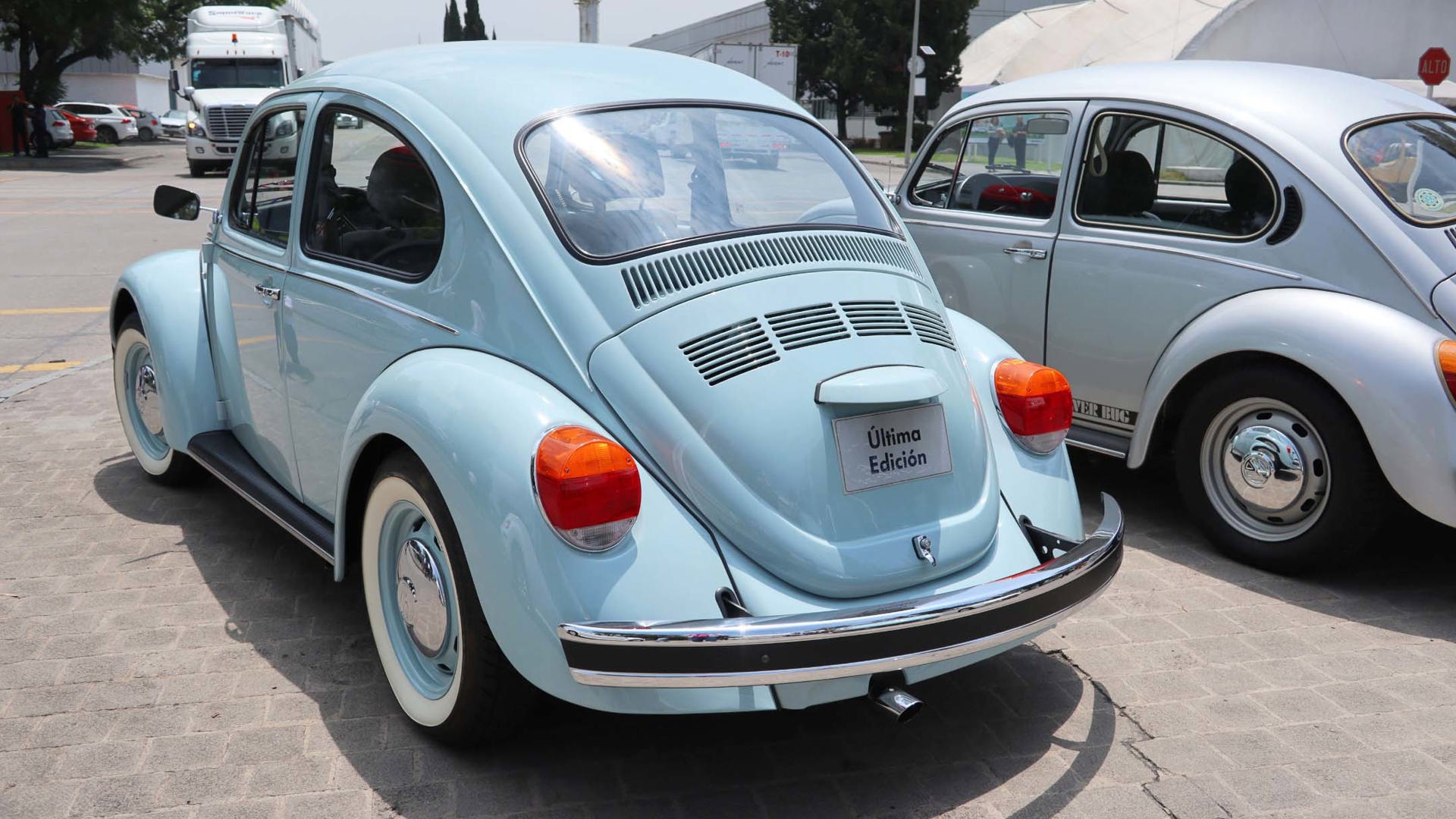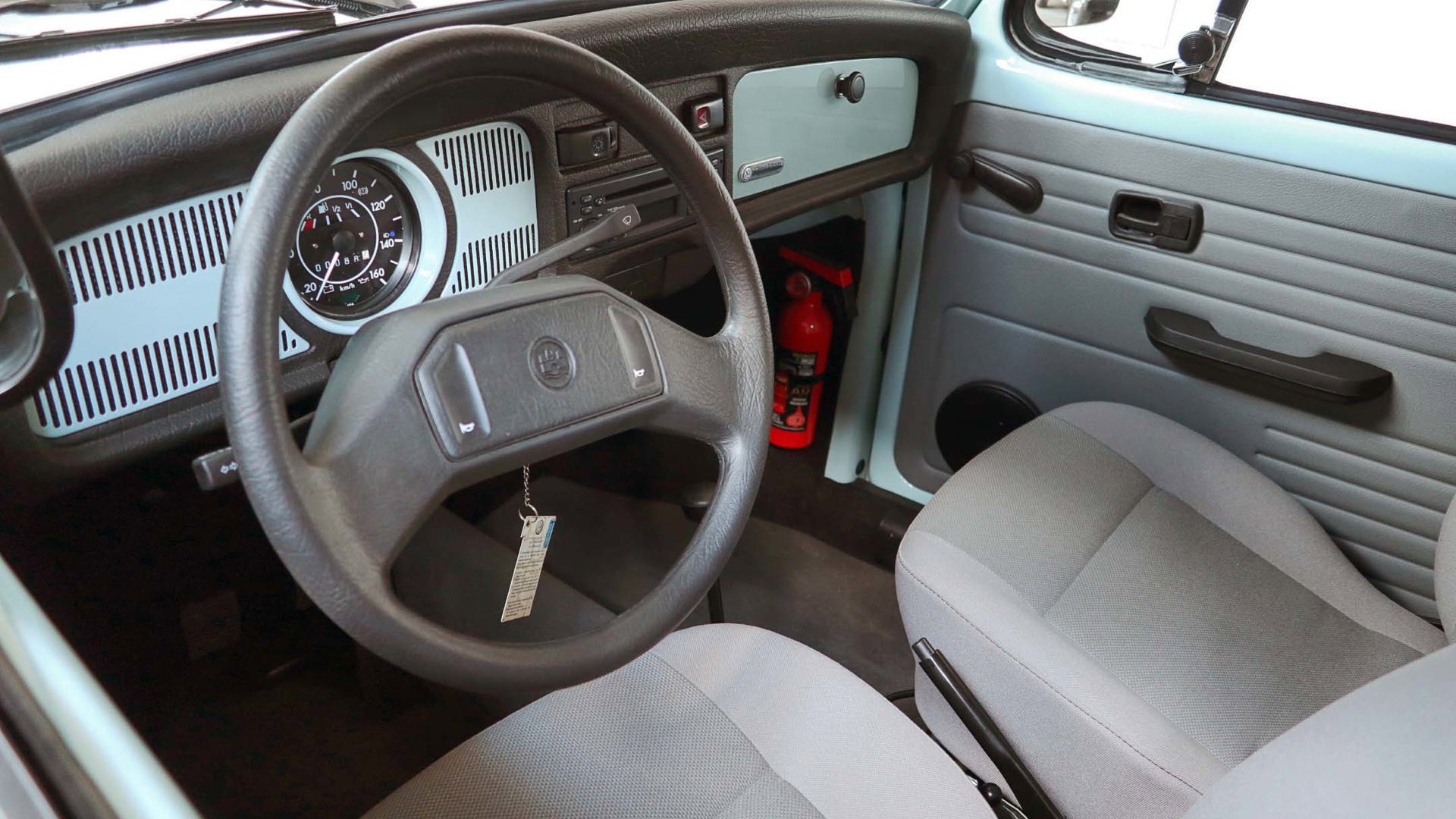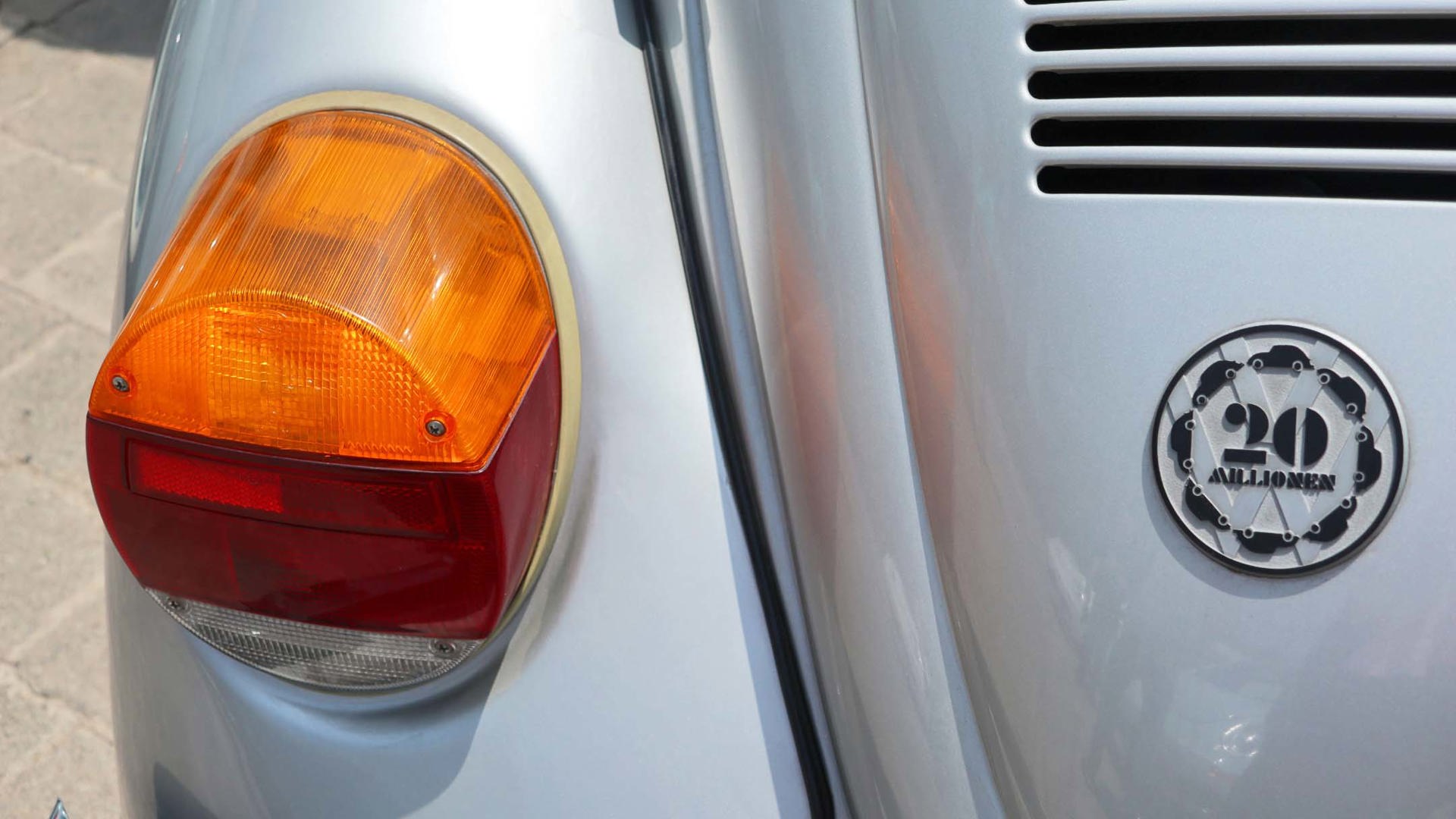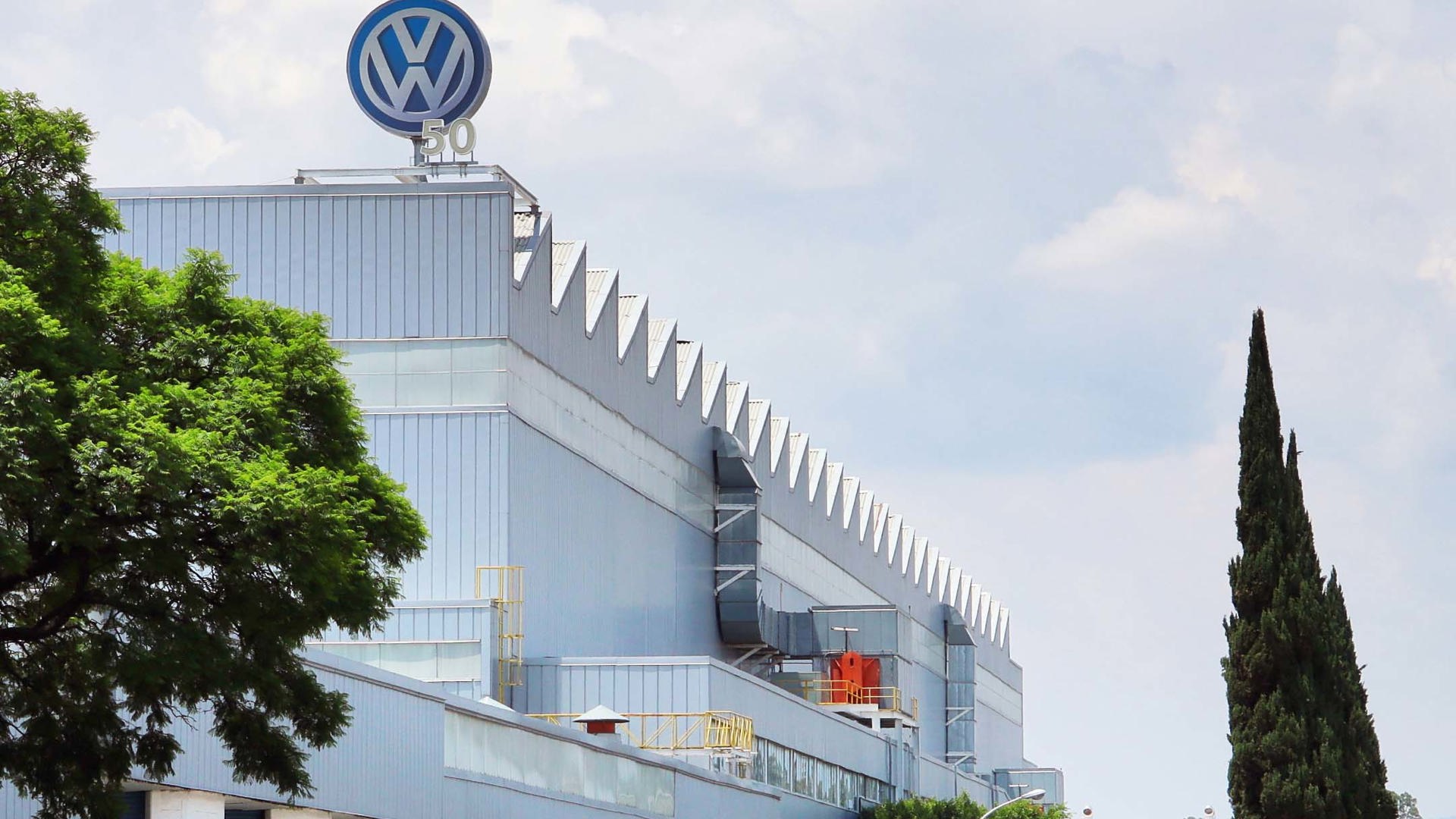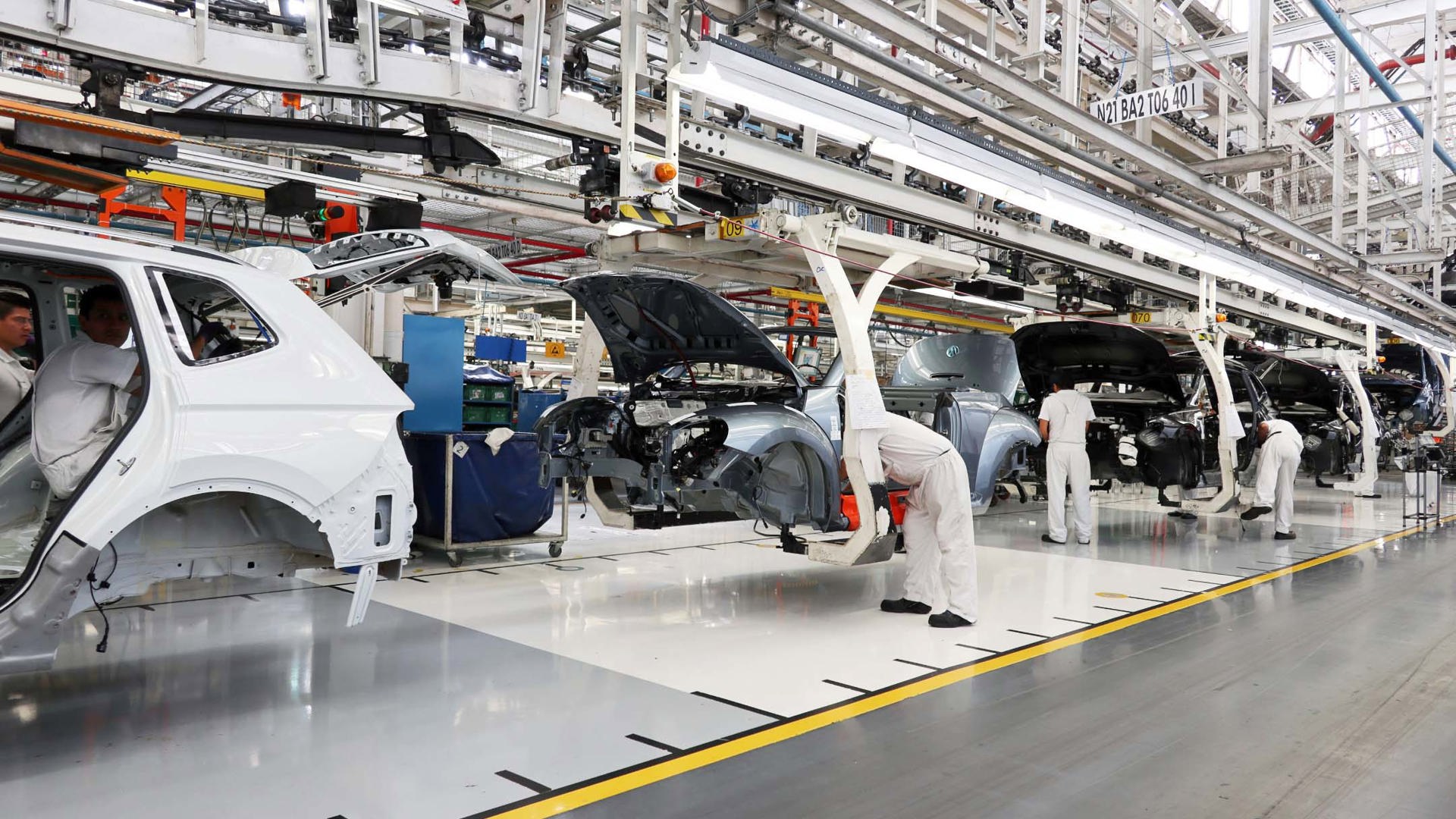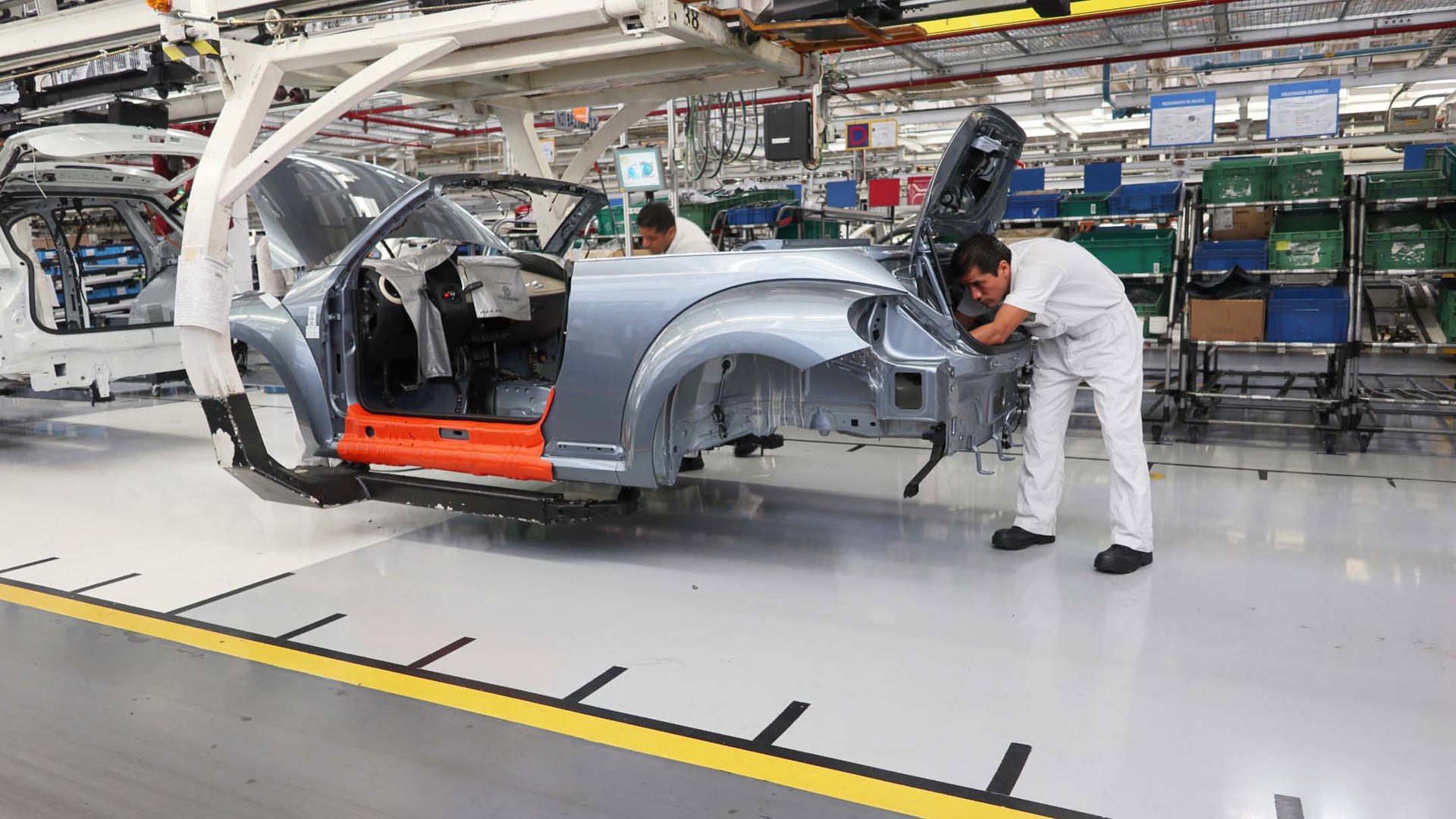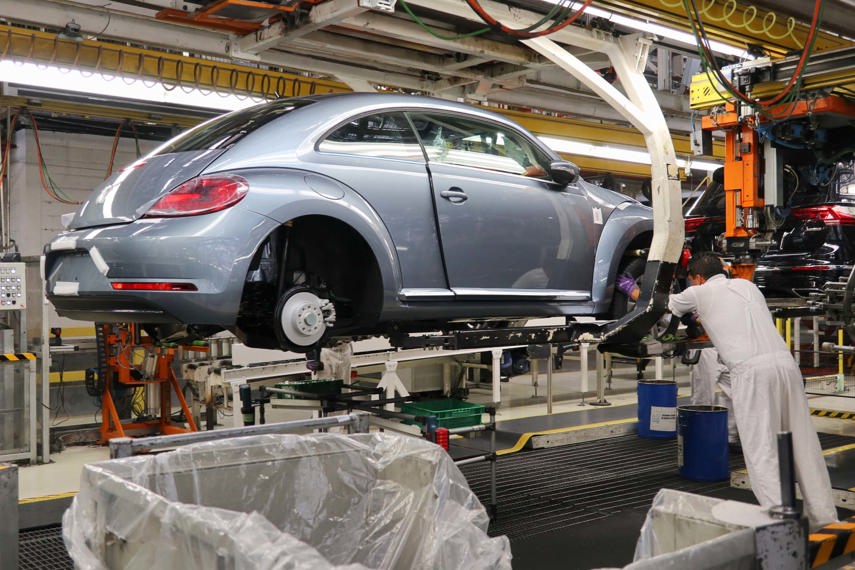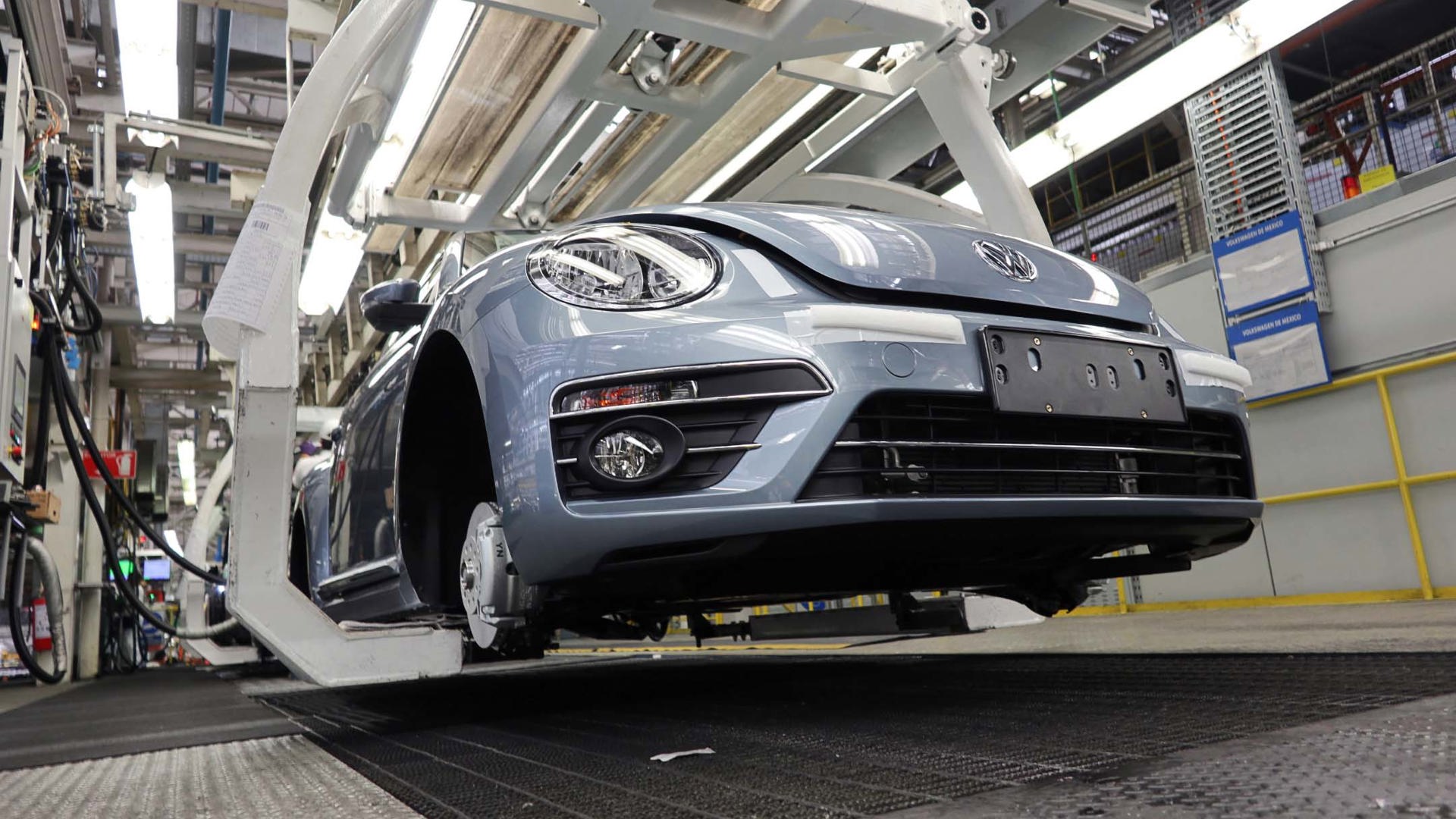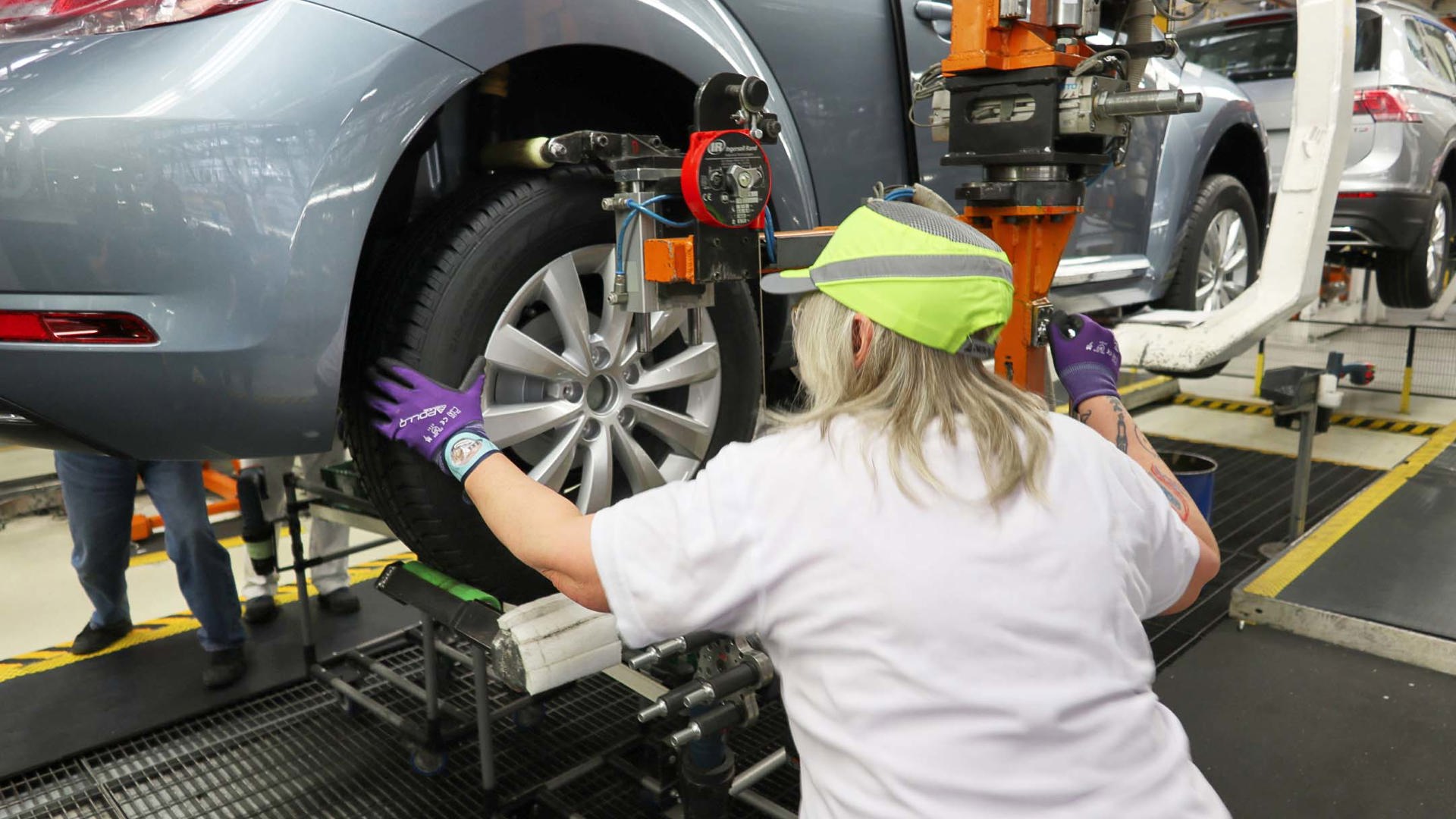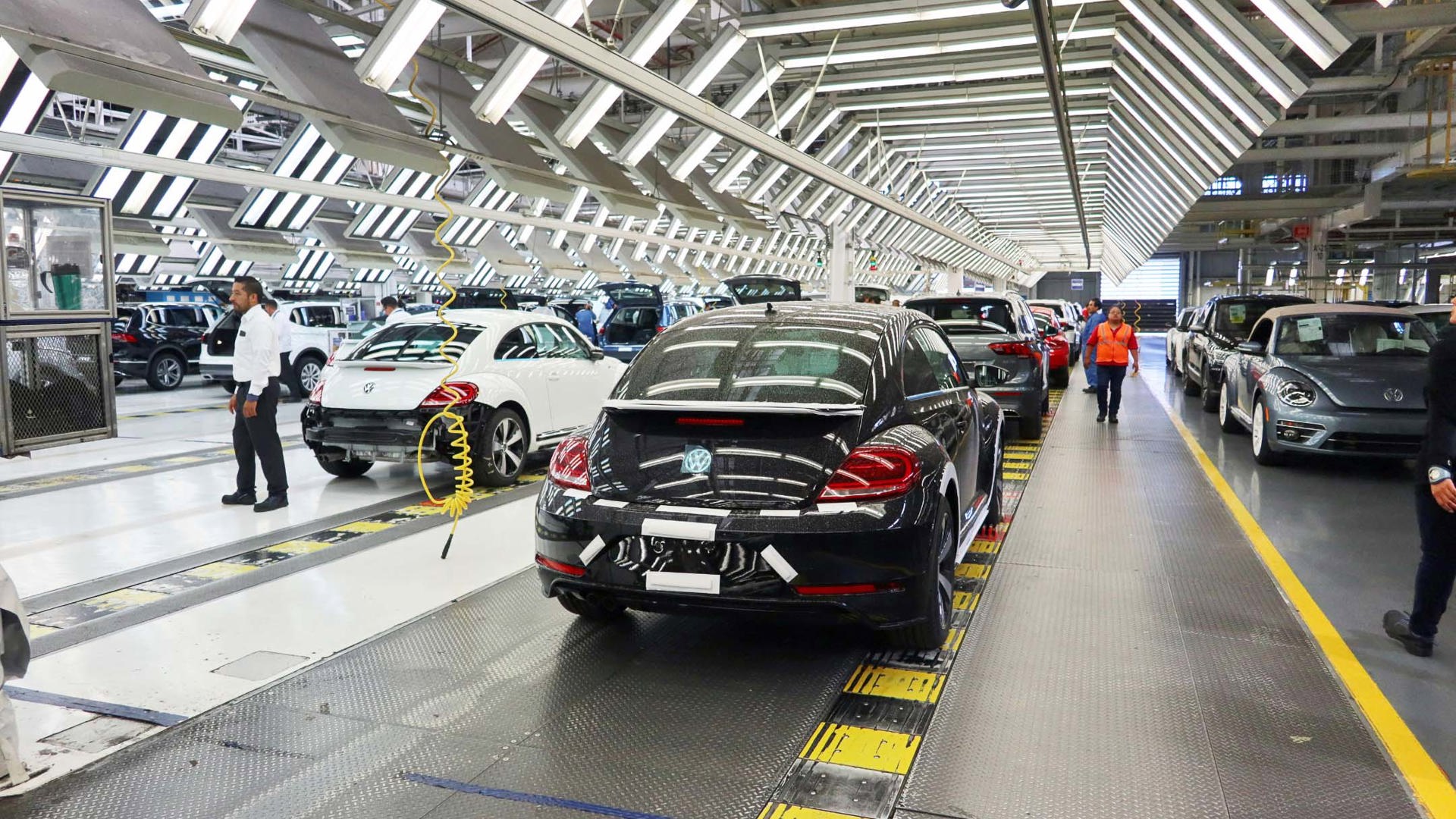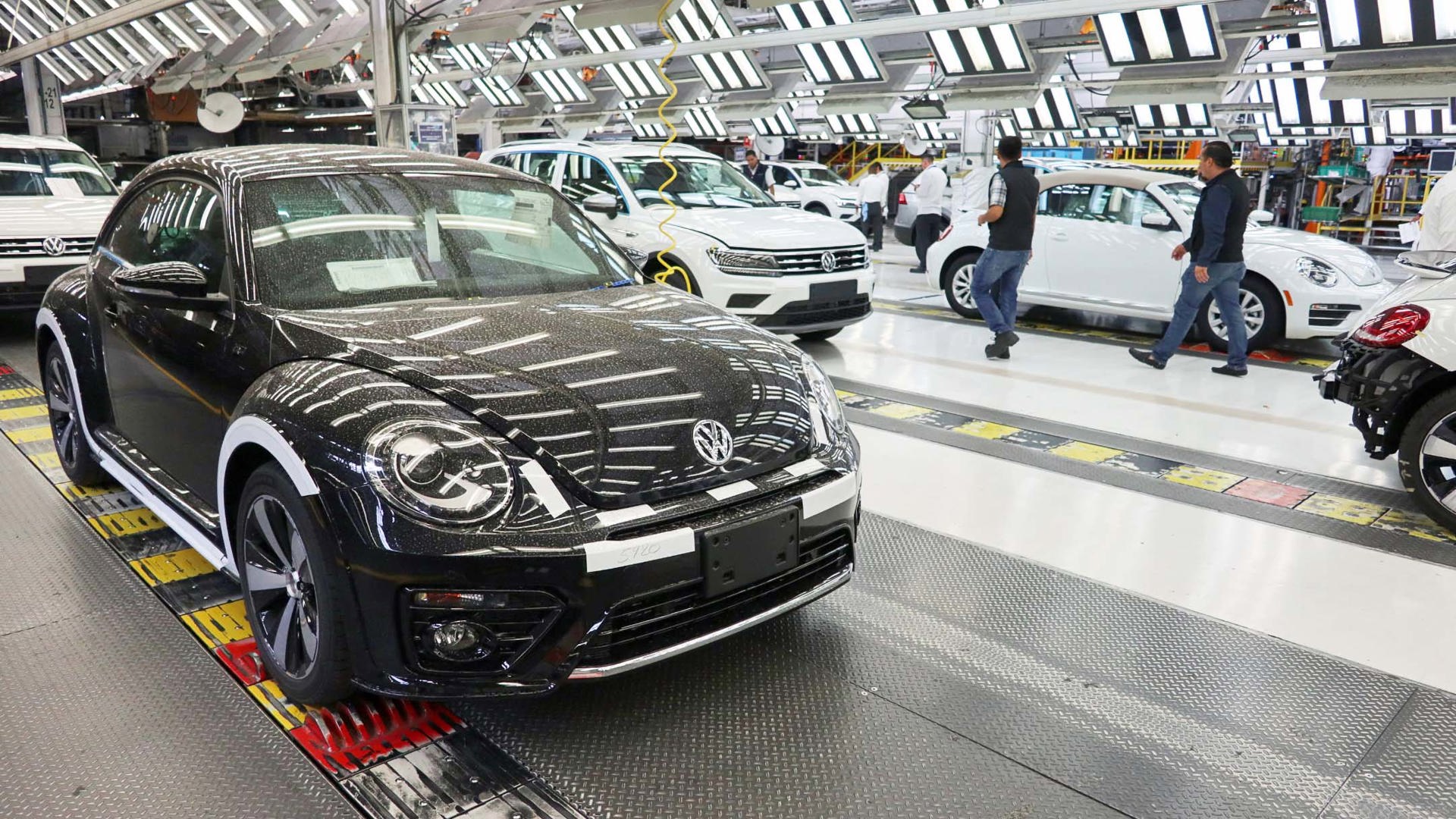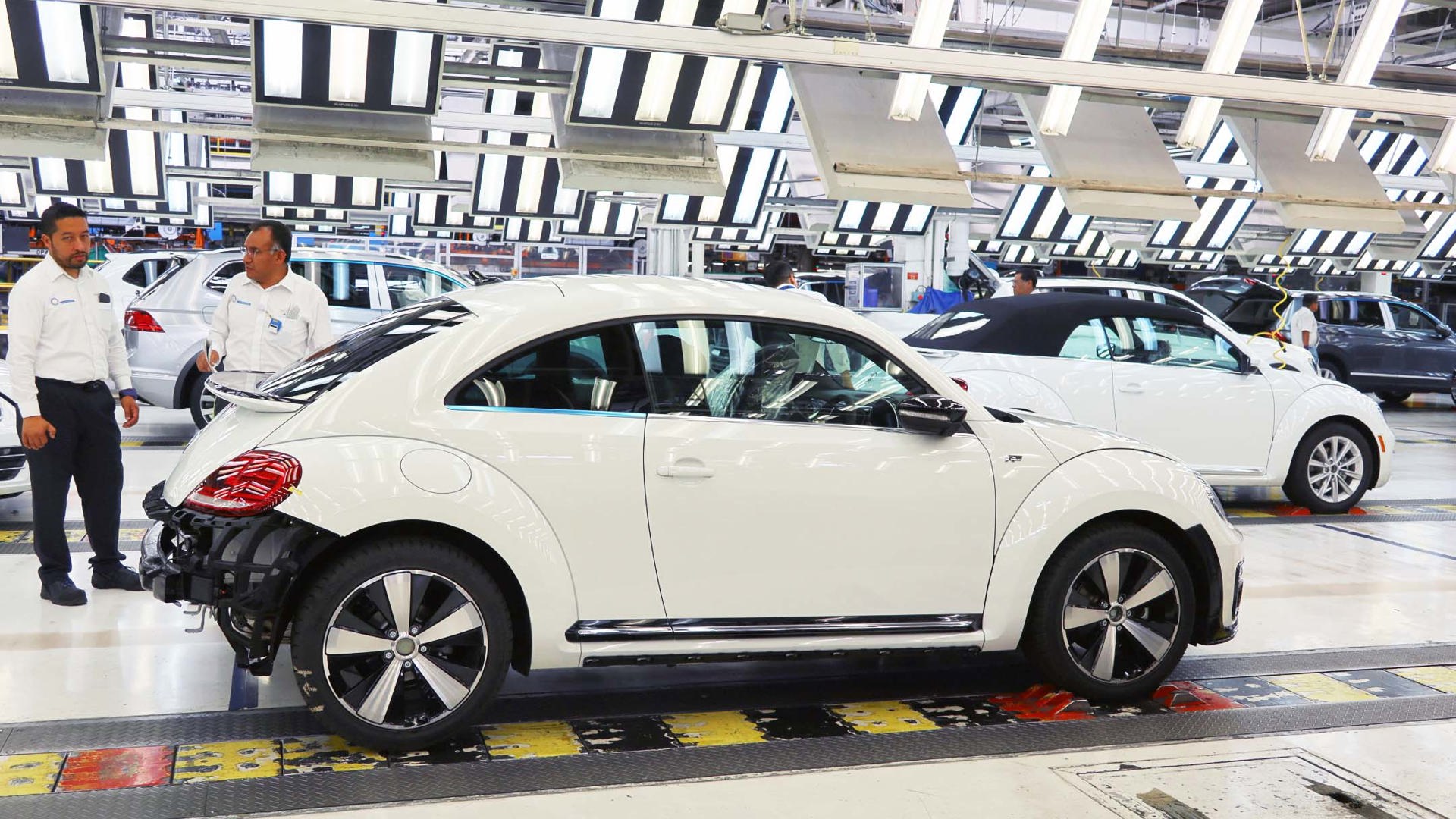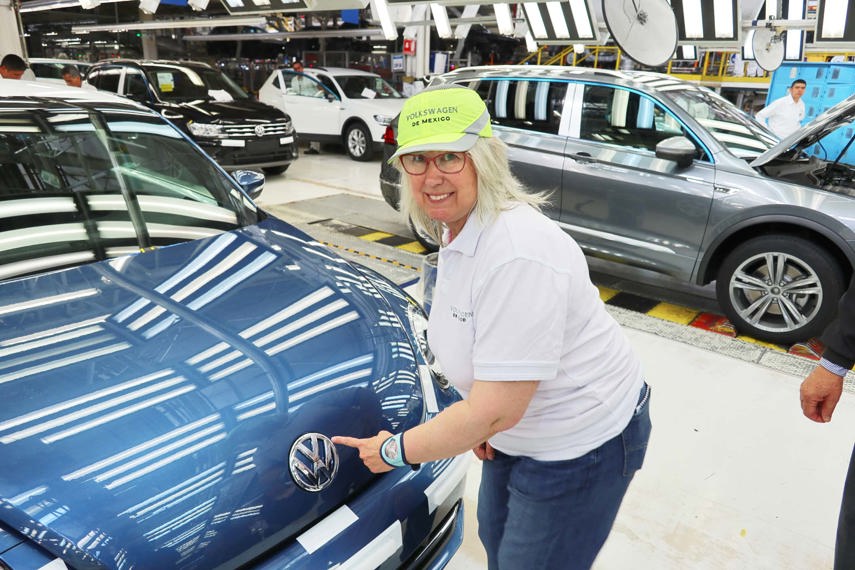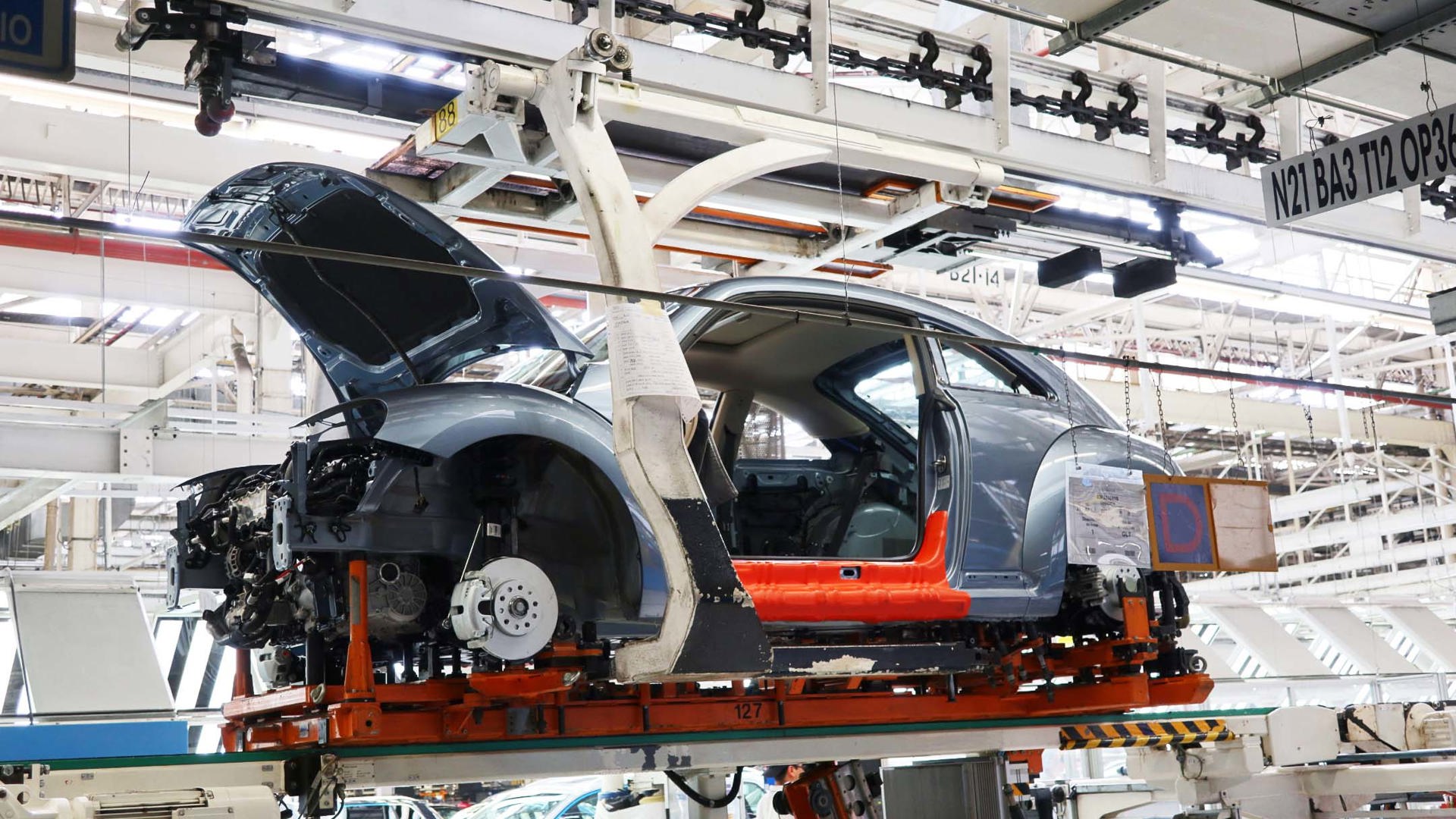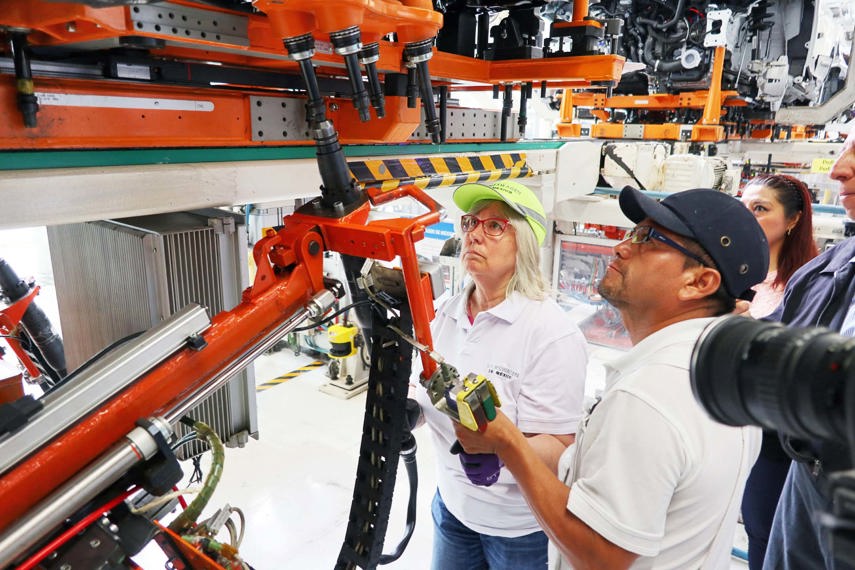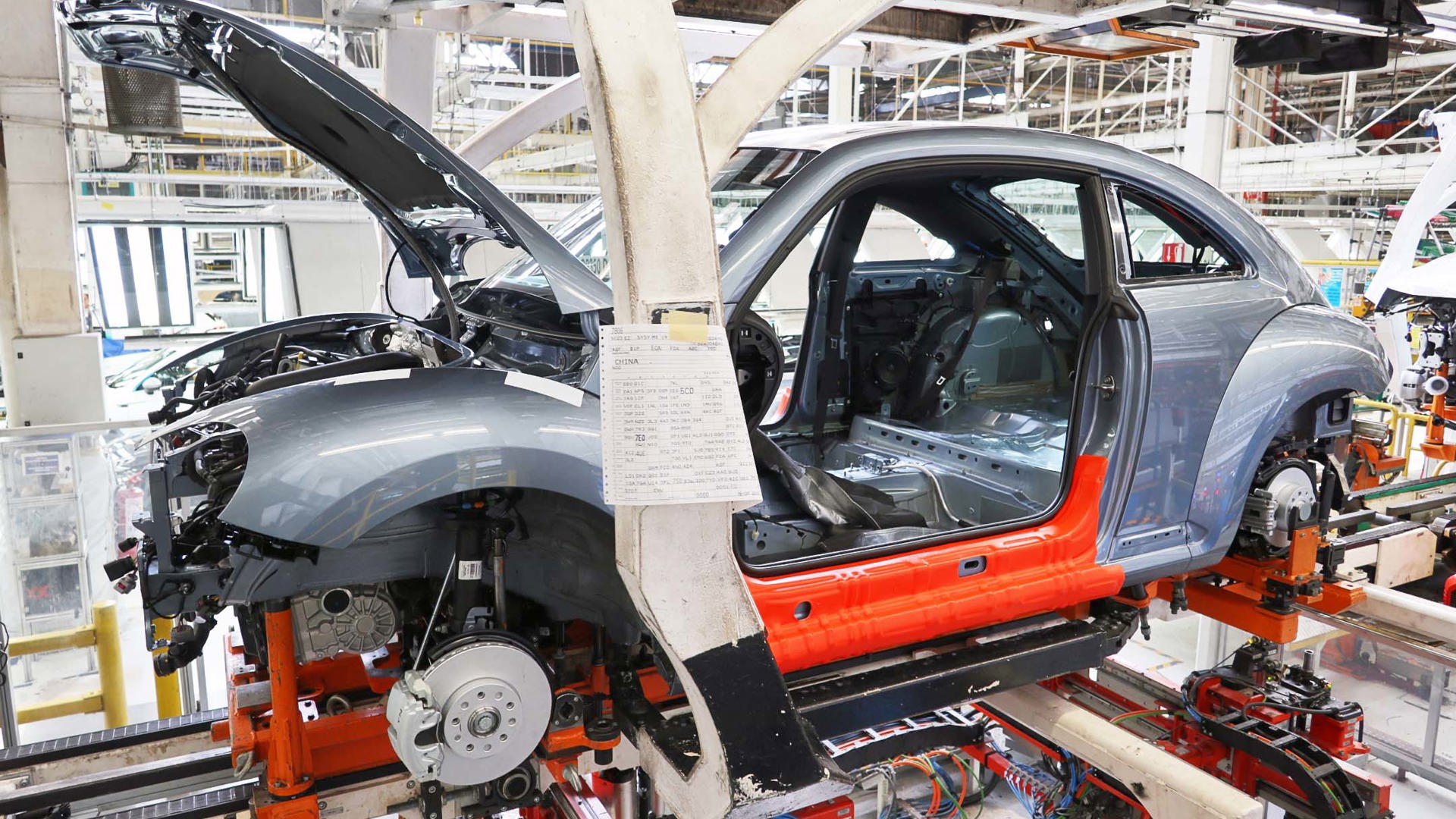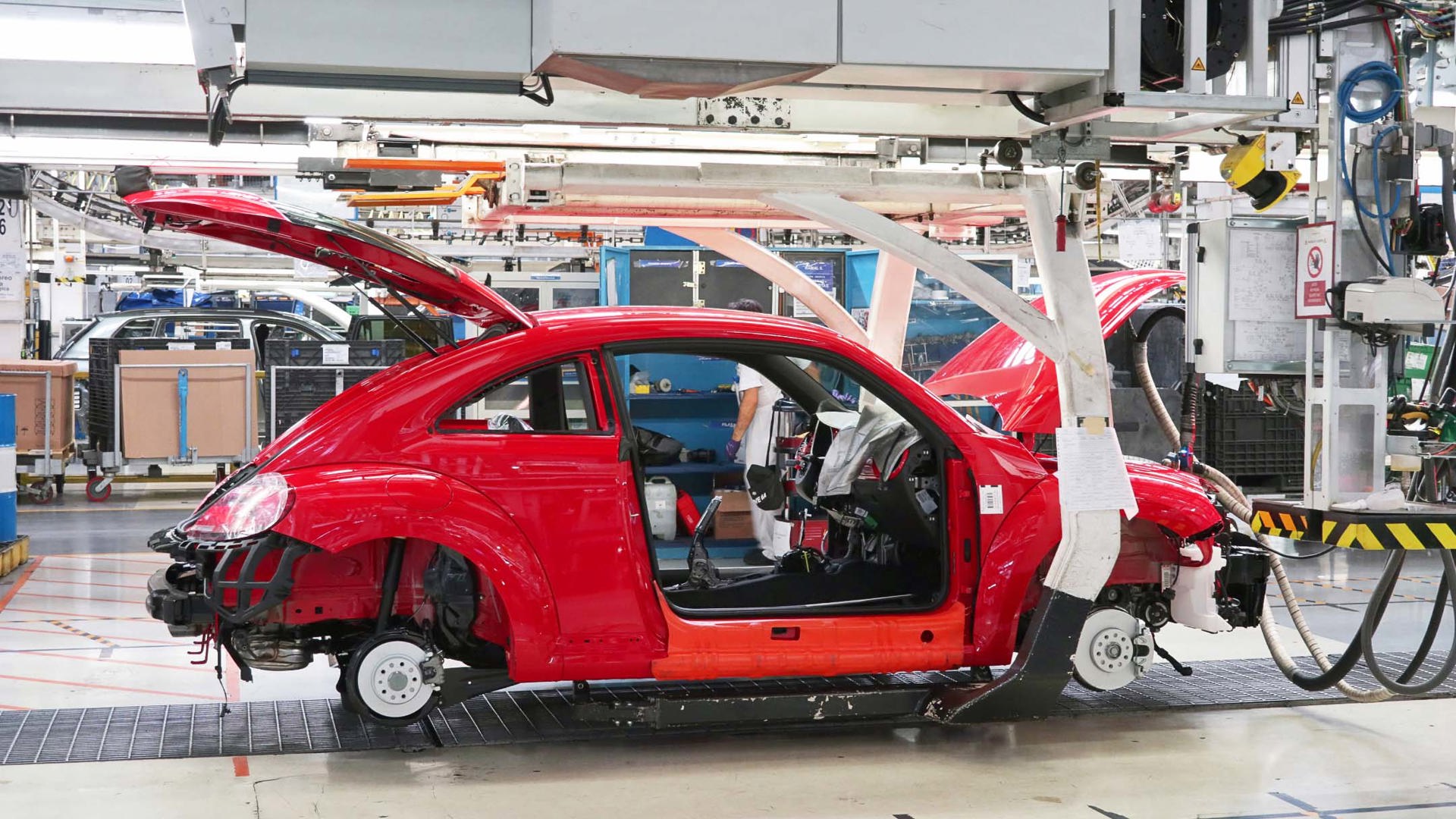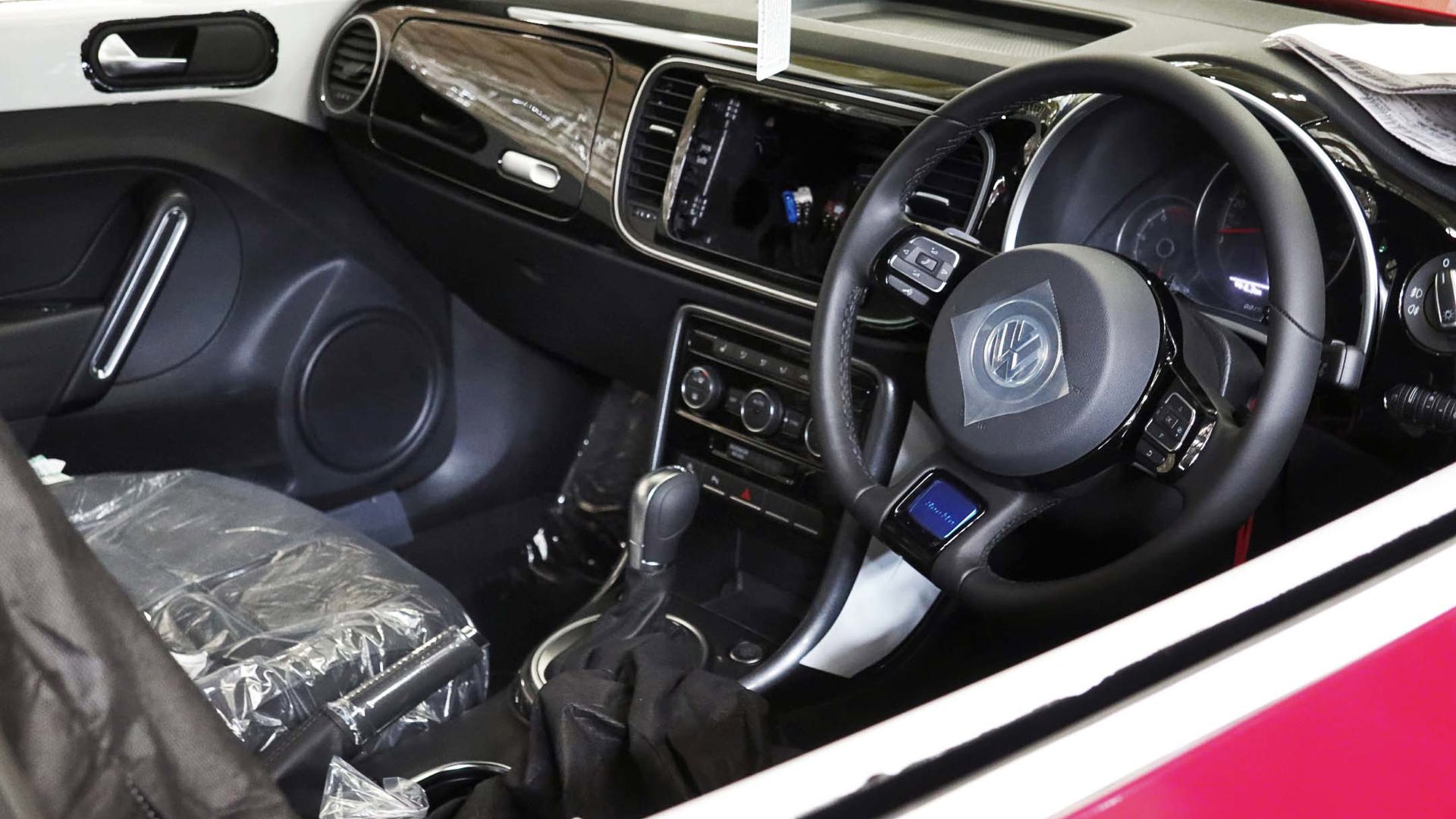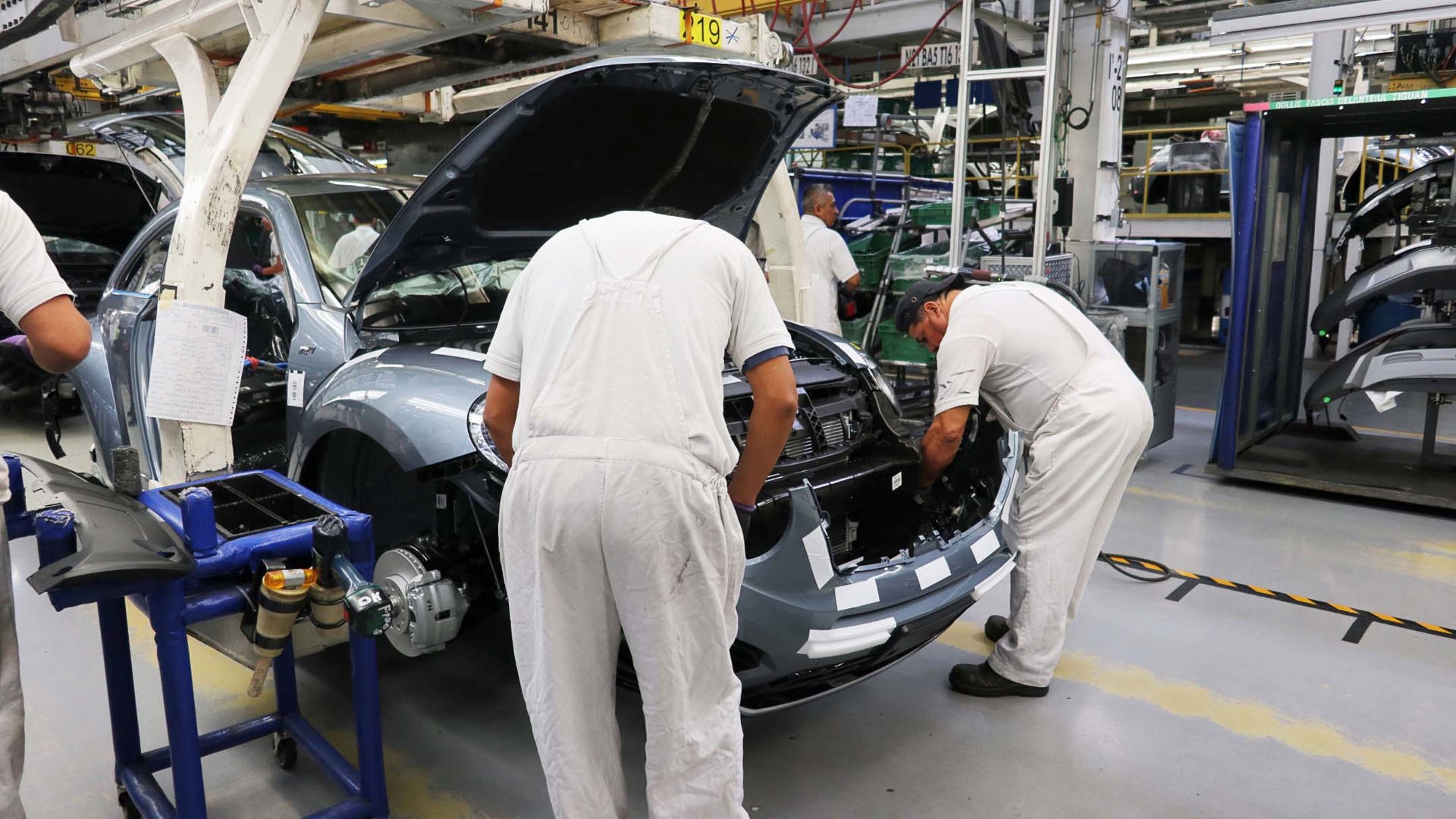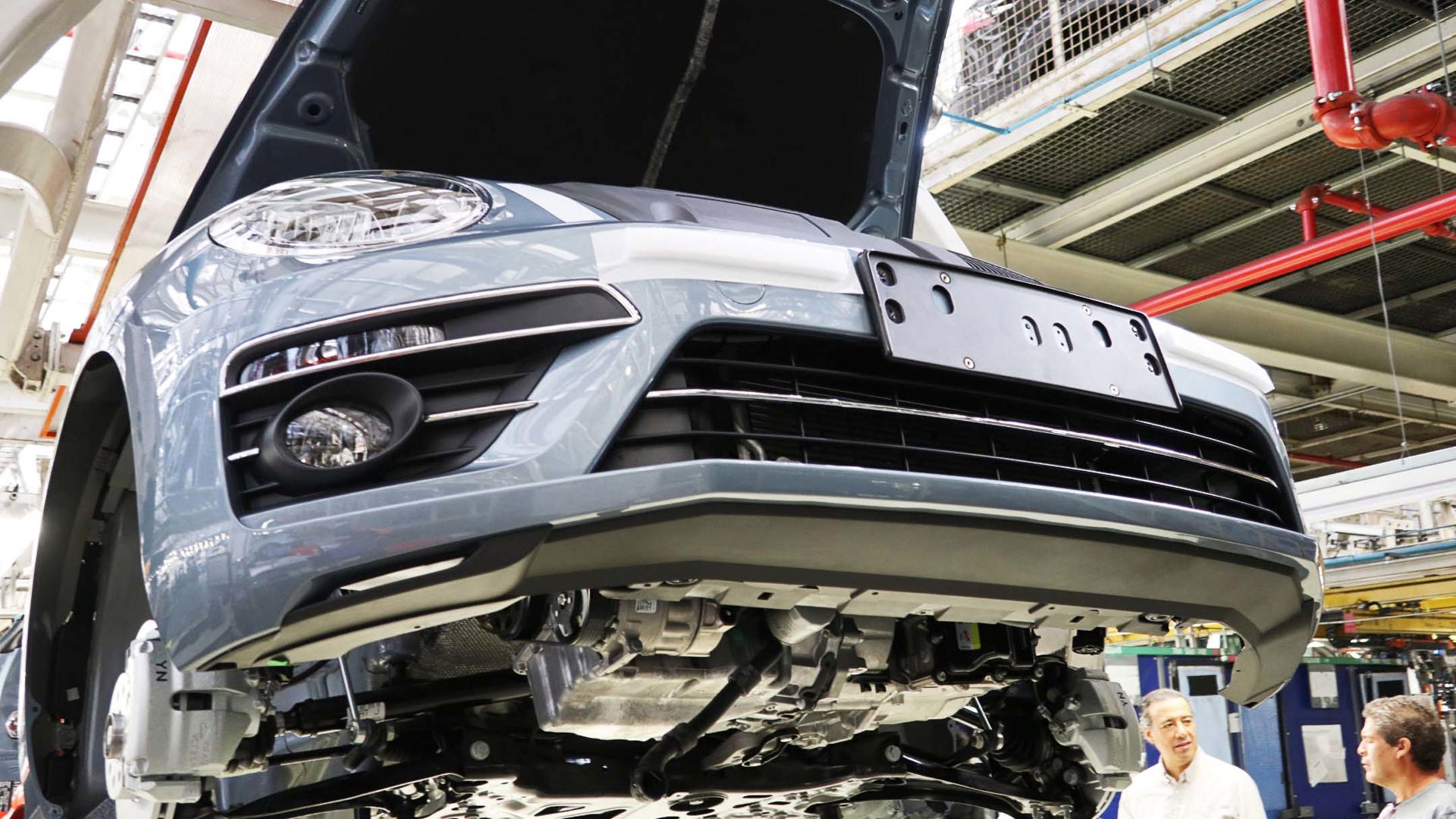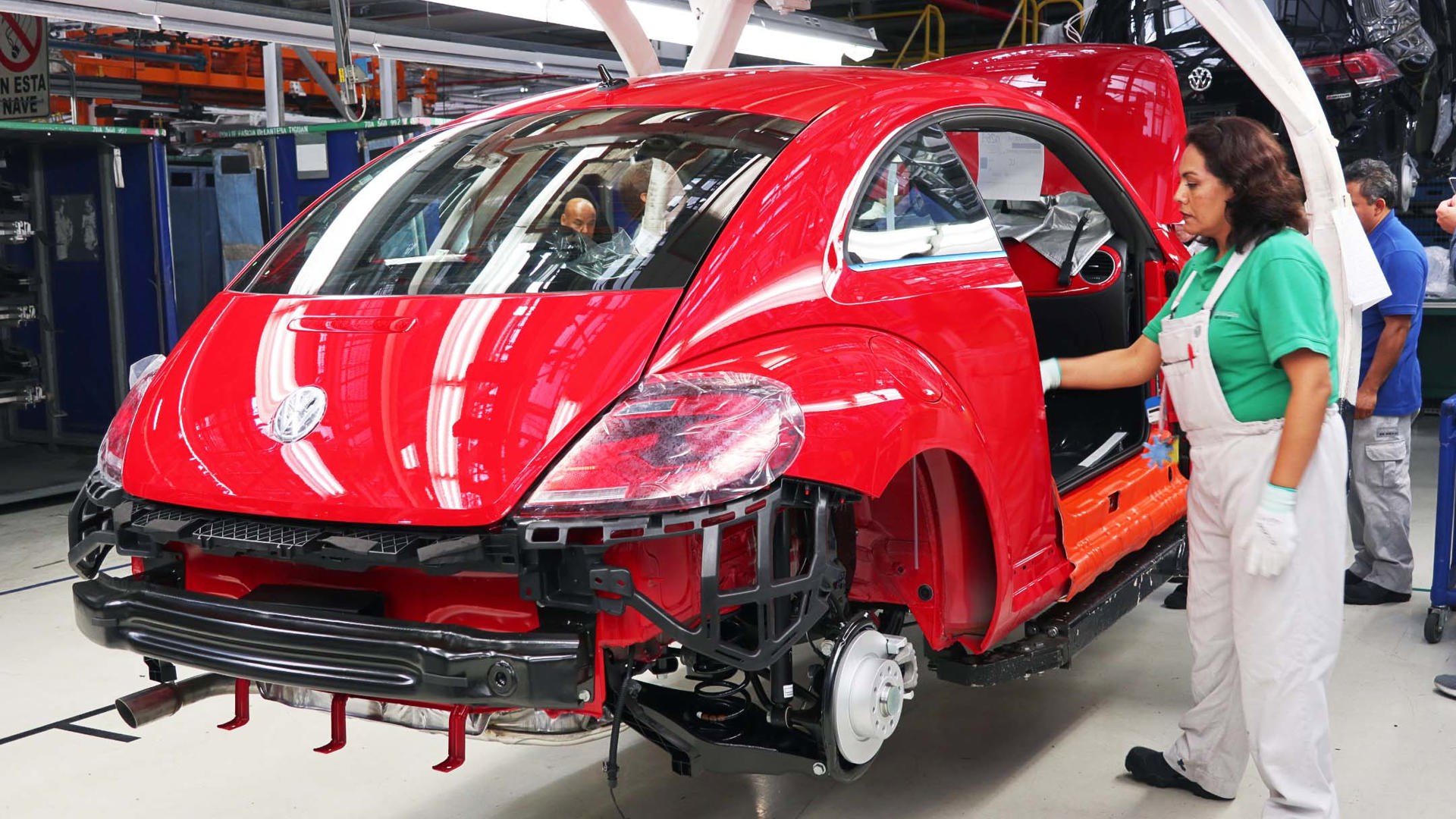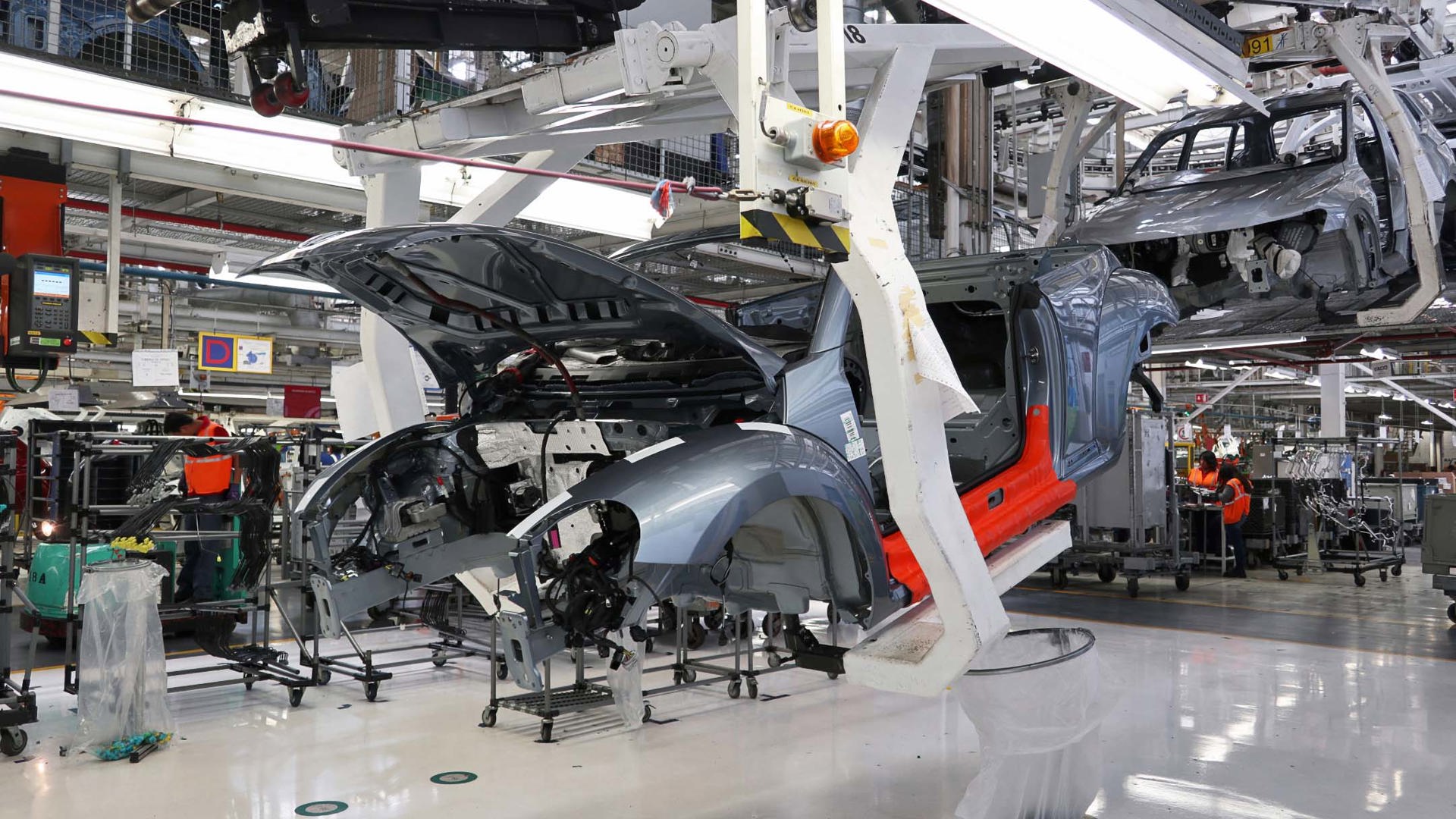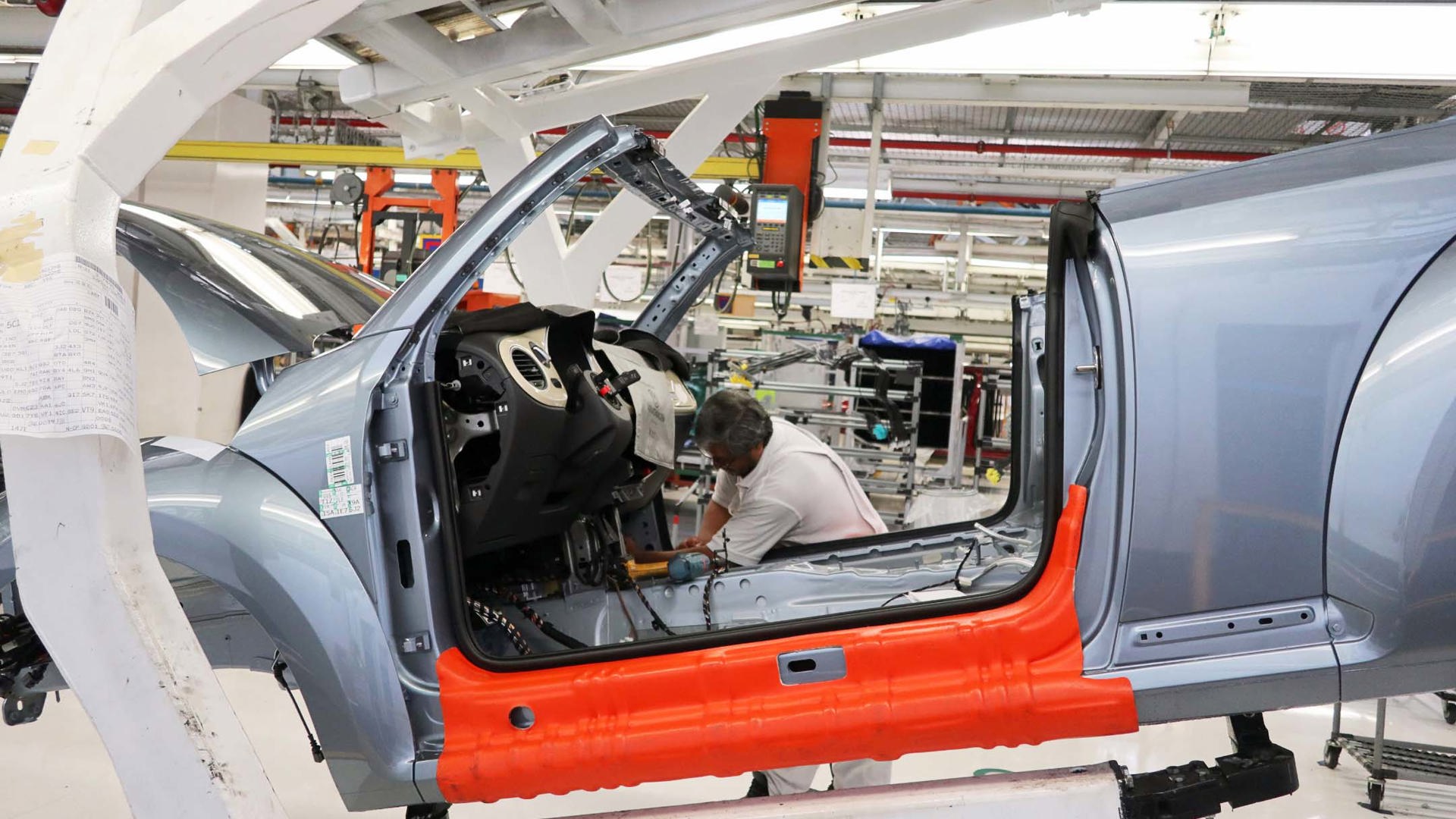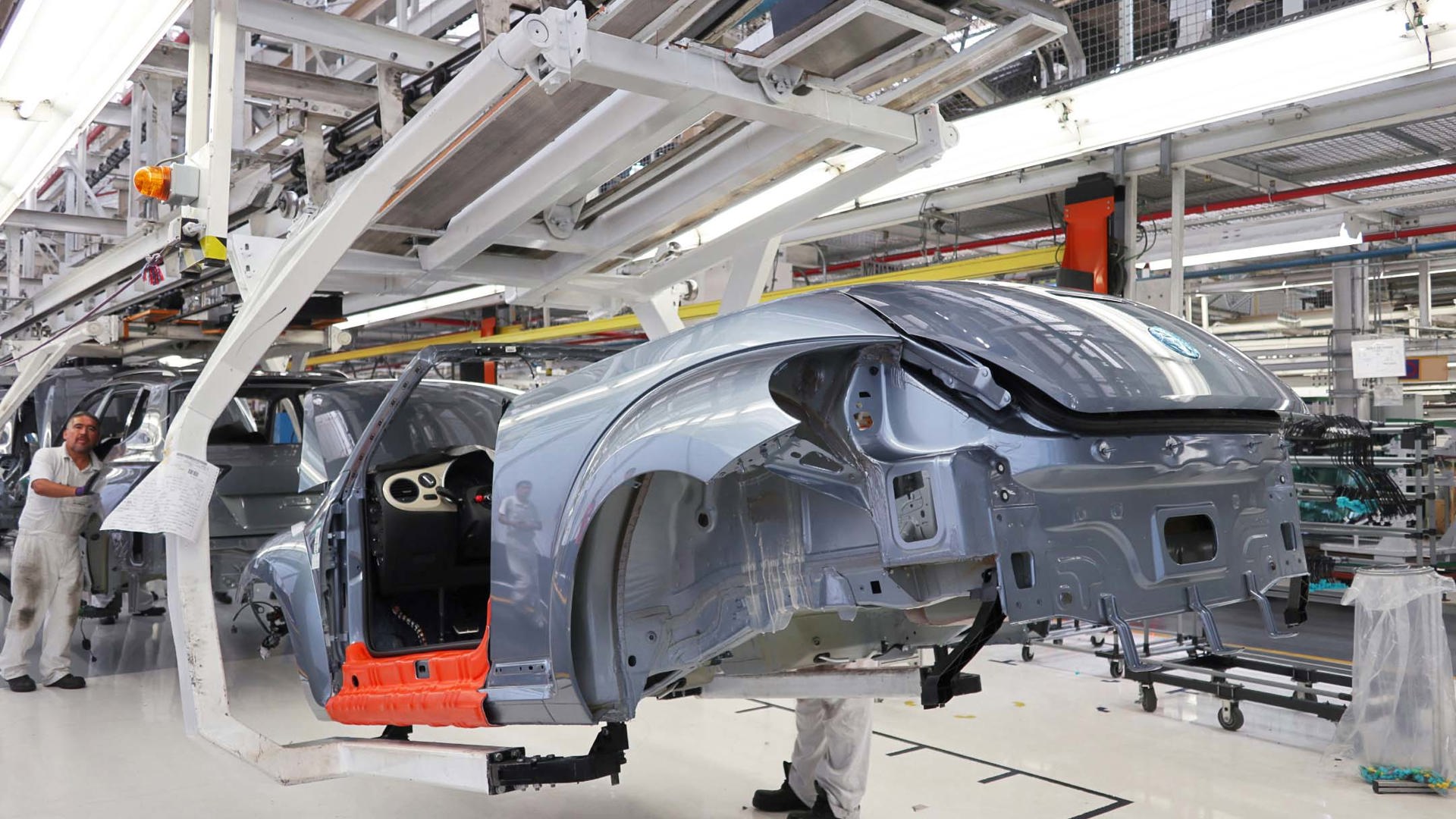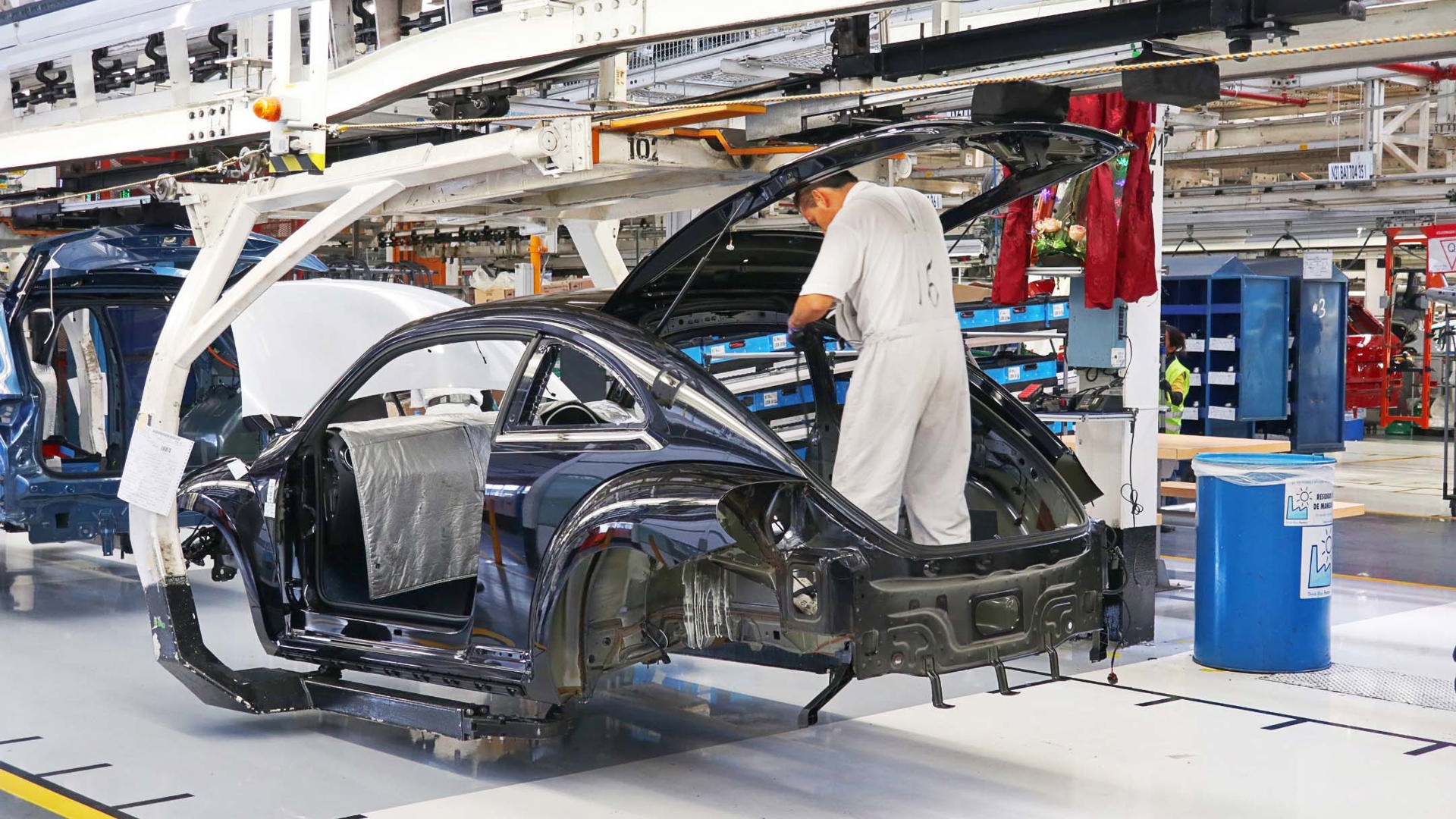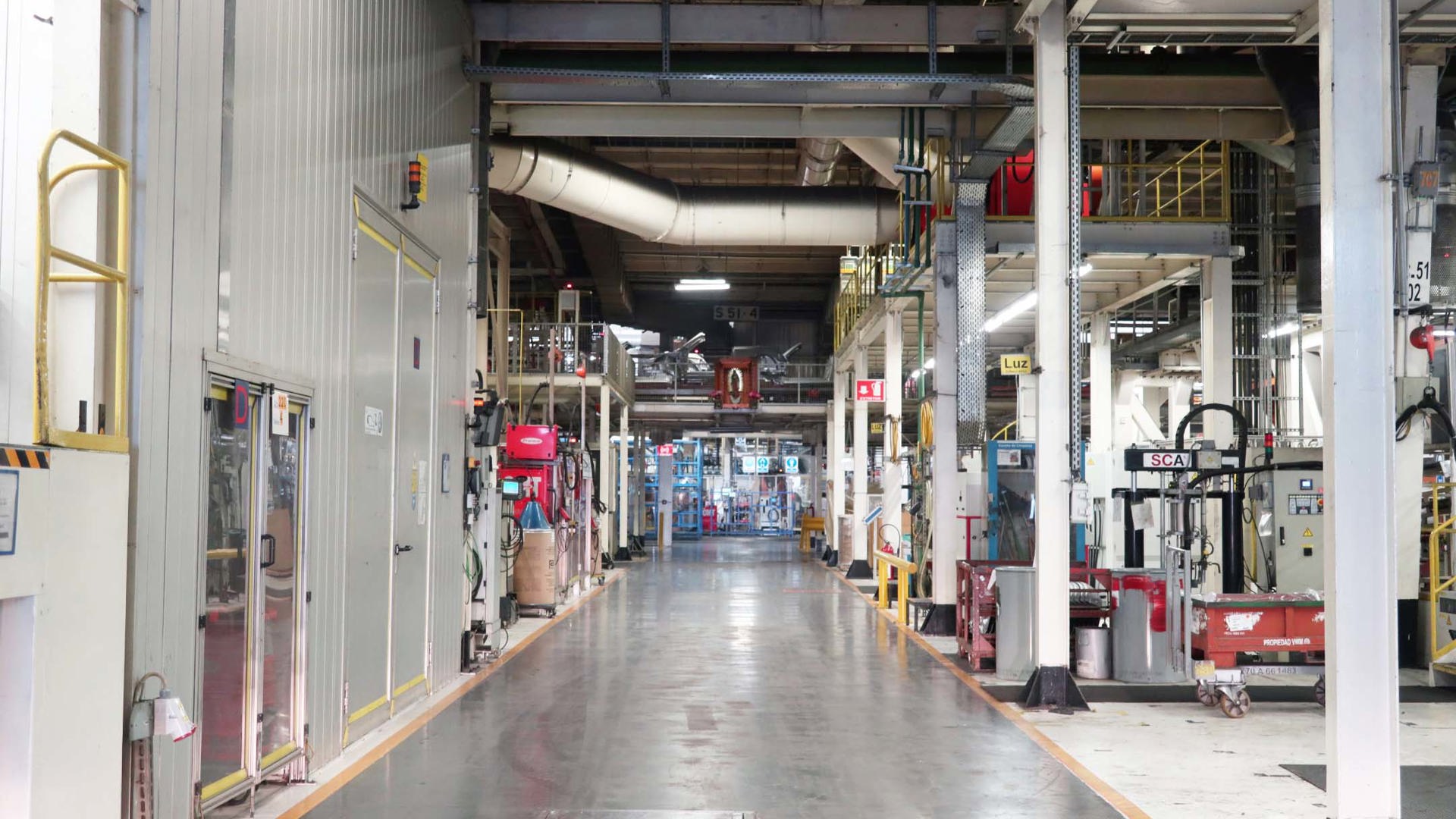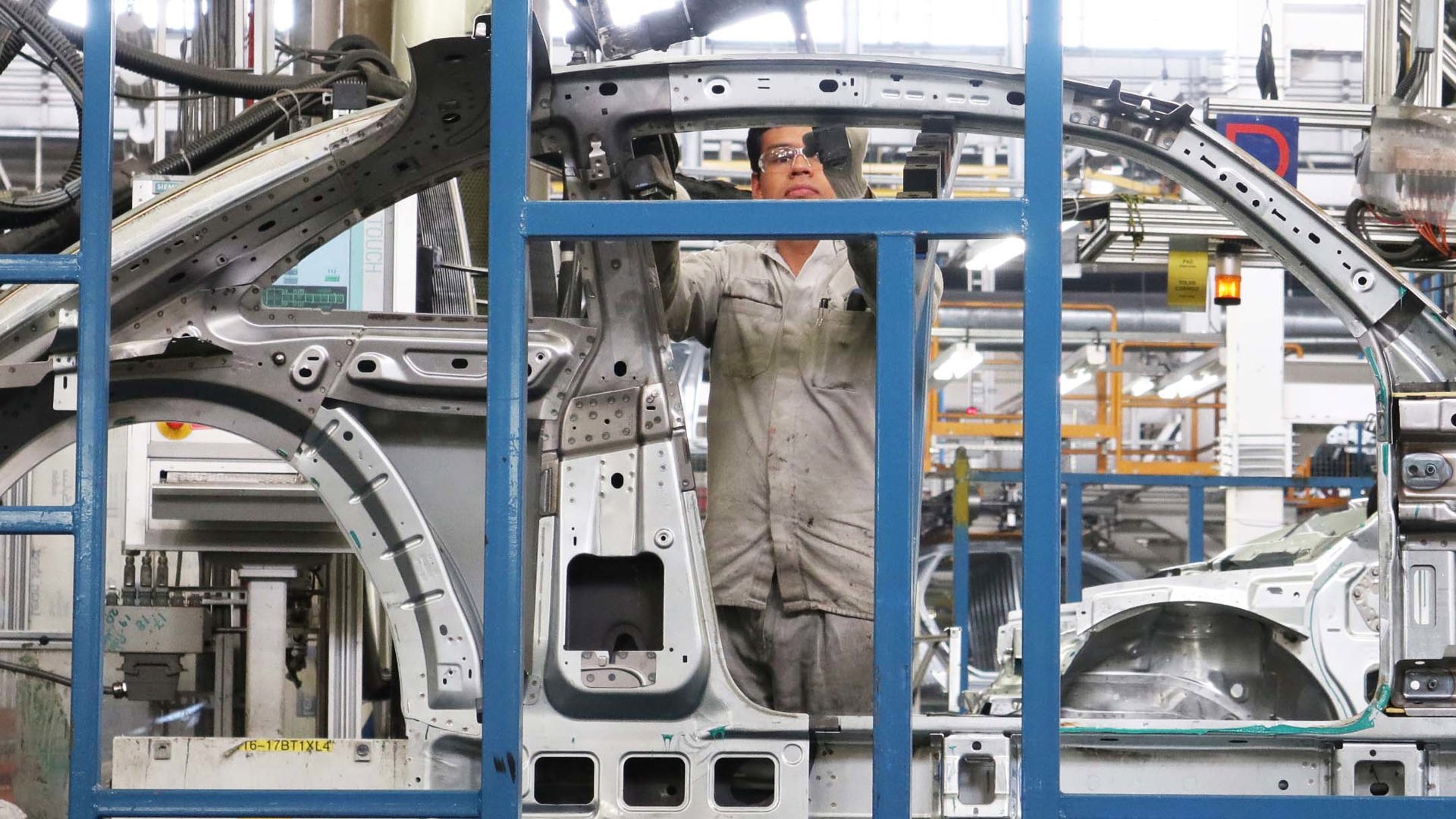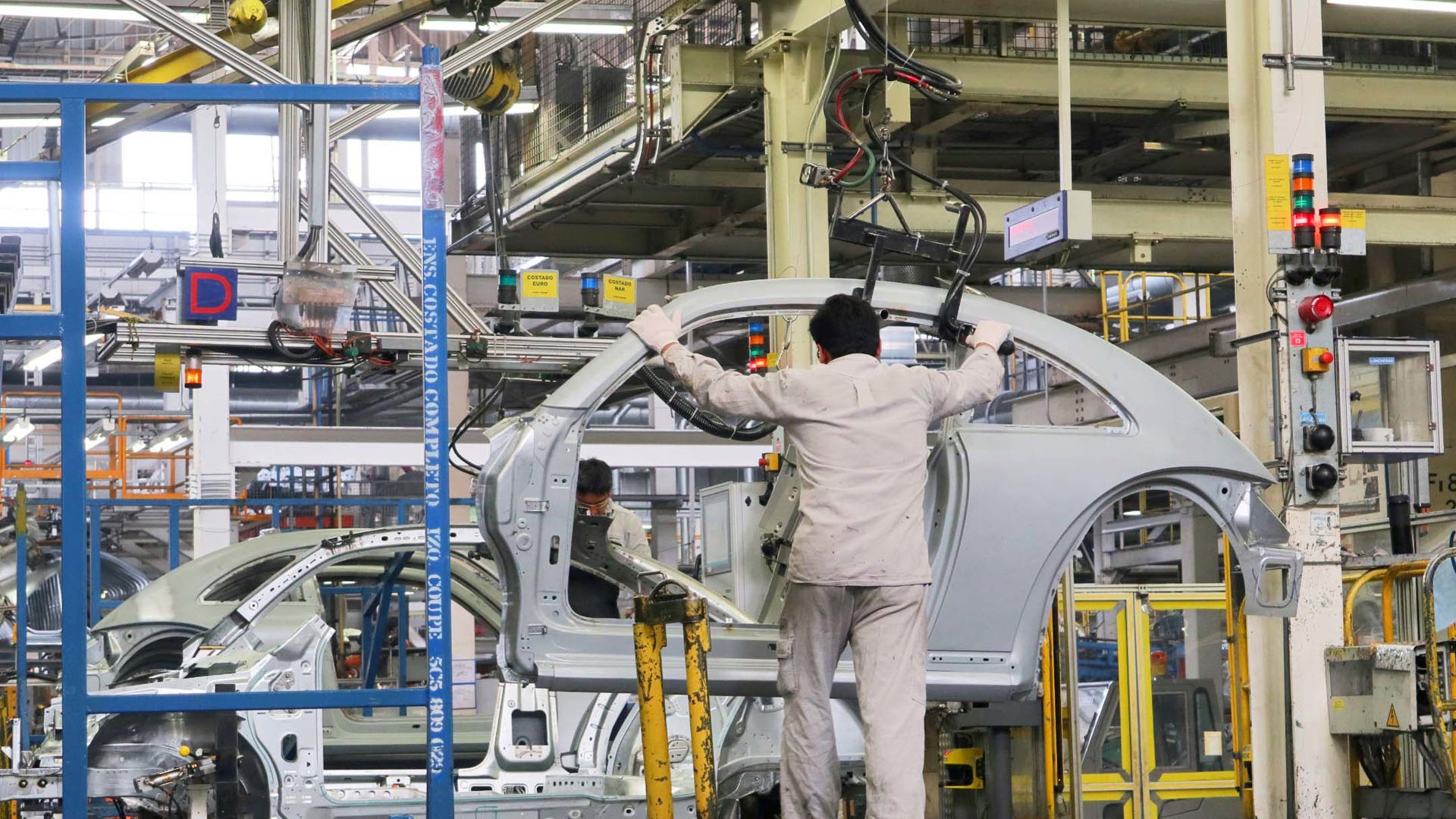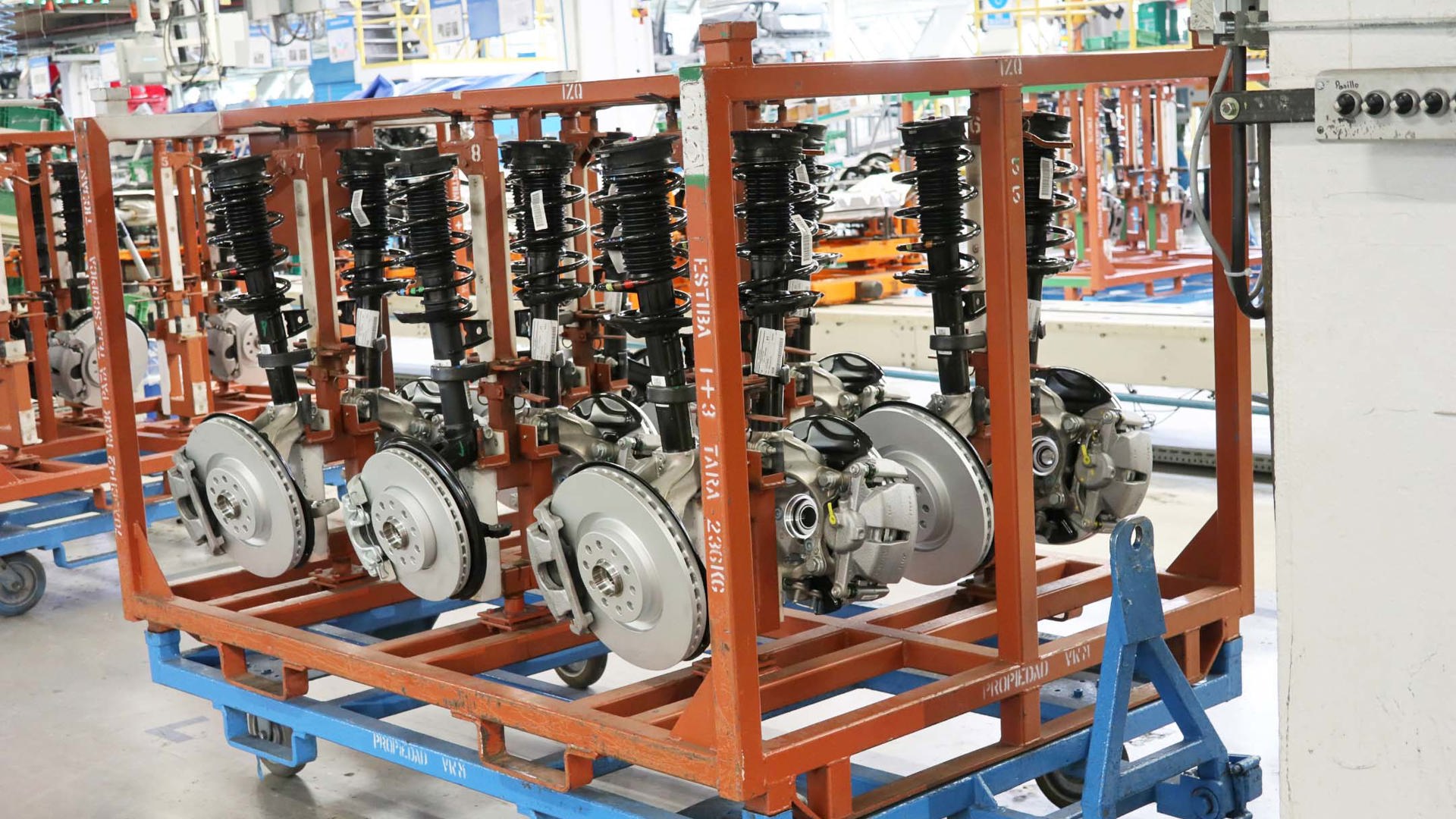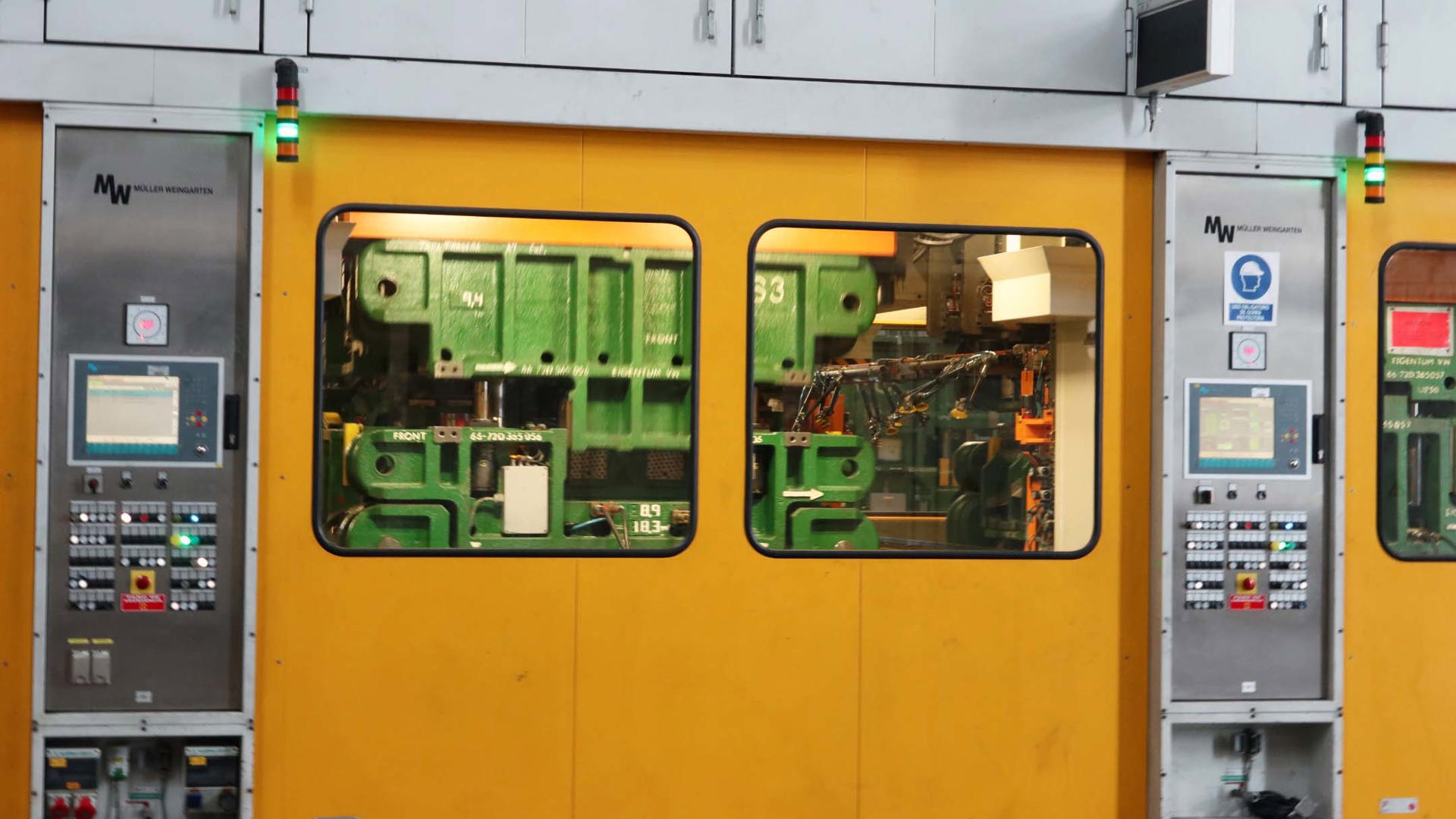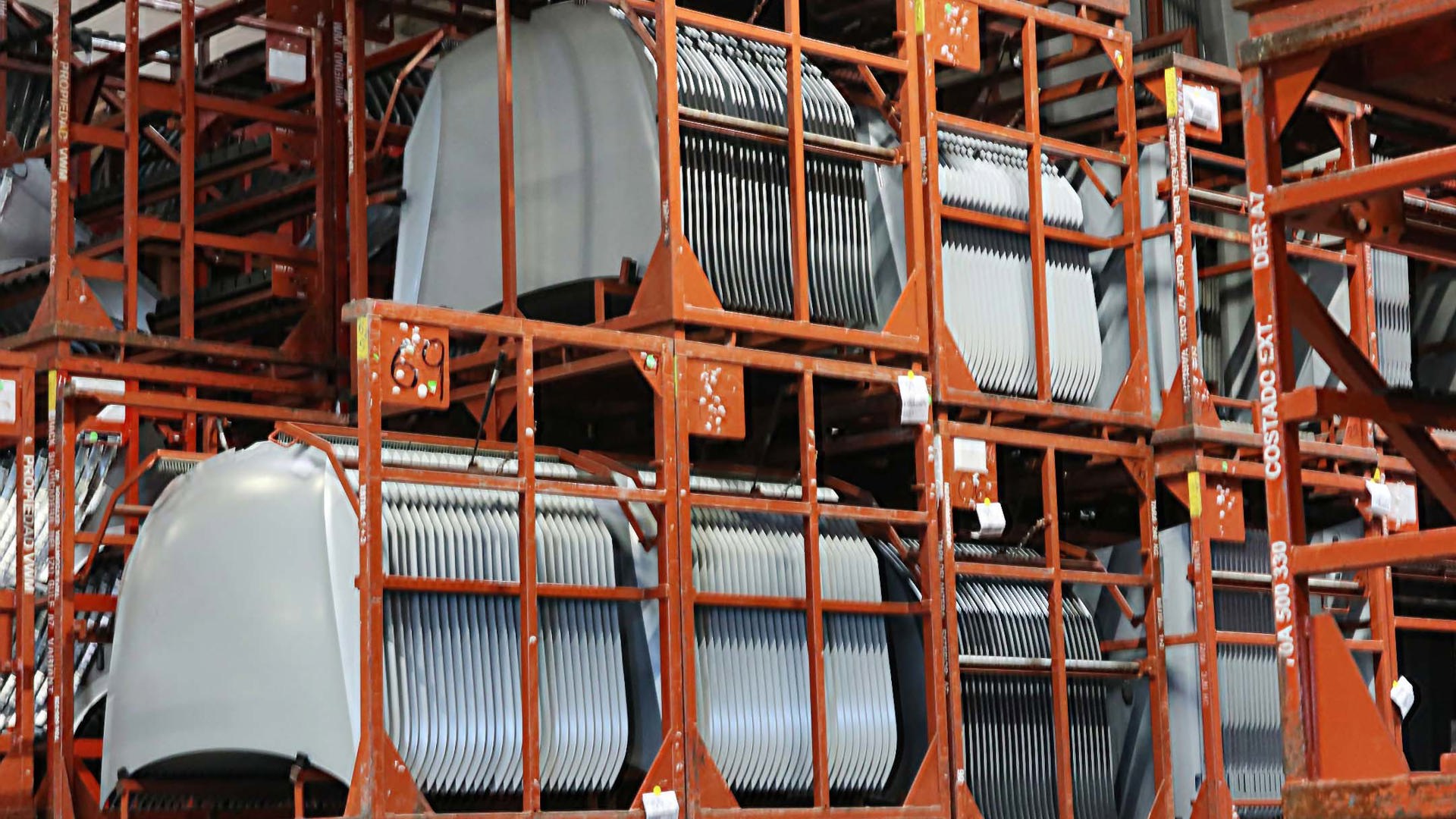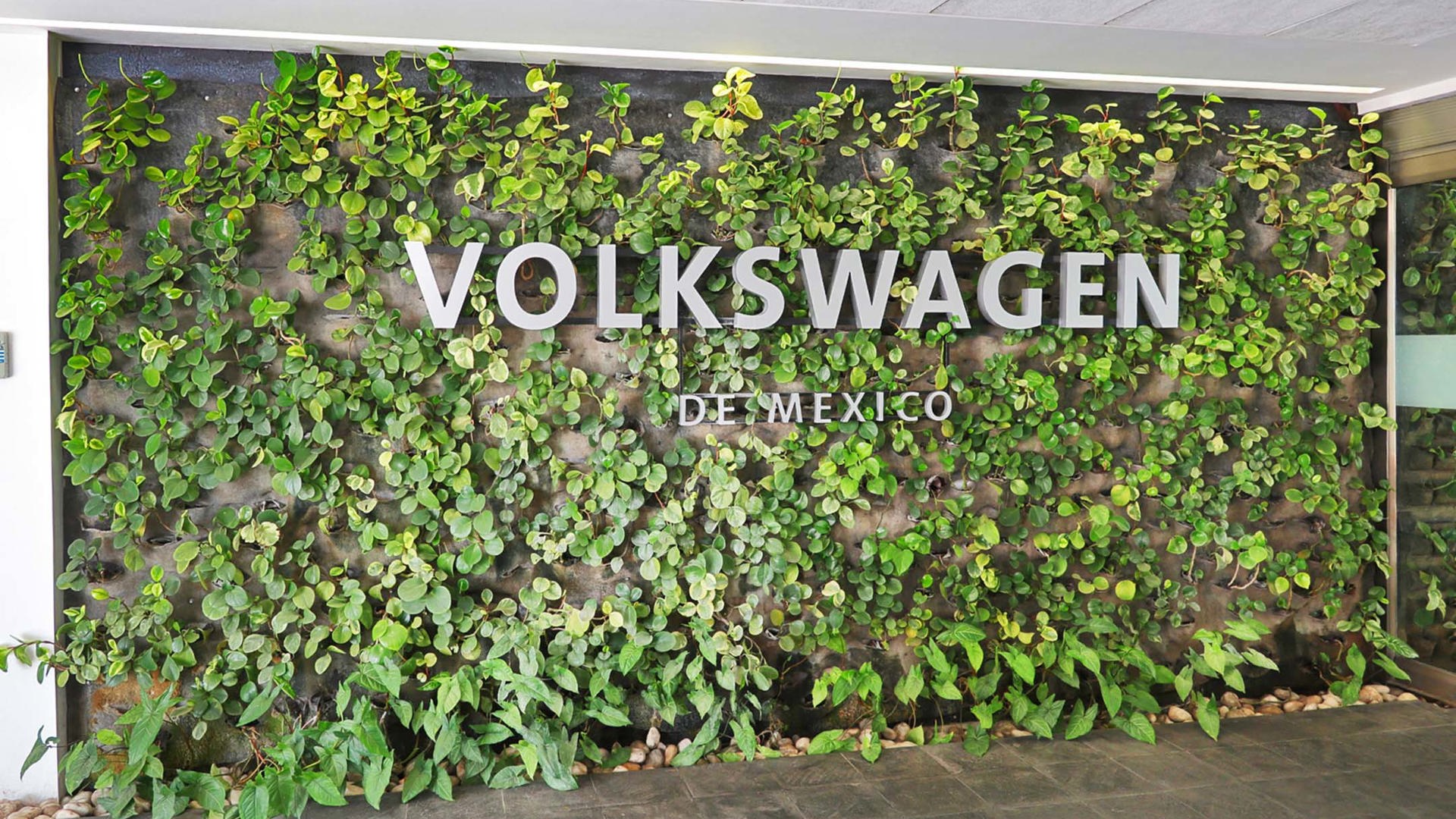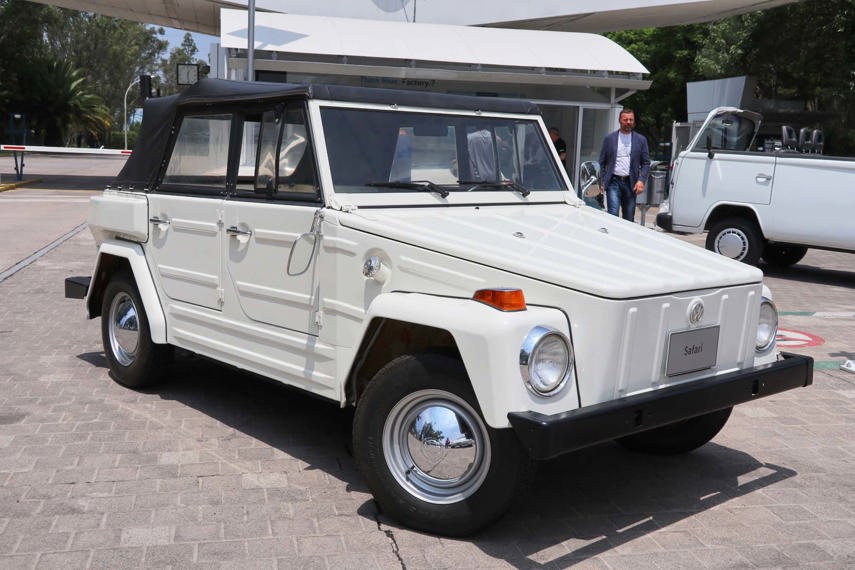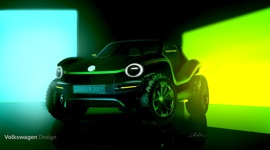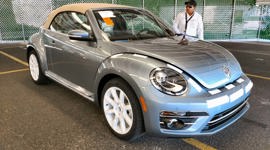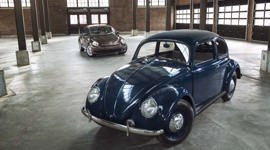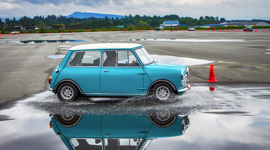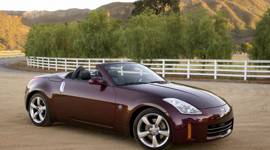PUEBLA, Mexico – In 1939, Volkswagen made its first Beetle in Germany. In 1965, the company broke ground for a new plant in Puebla, which would go on to build the 20 millionth Beetle and then some.
Long after sales of the rear-engine, air-cooled version ended in Canada and the US, Puebla continued to make it for the local market. But on July 31, 2003, employees gathered for an event, equal parts celebratory and mournful and complete with mariachi bands, as the last one rolled off the assembly line.
Meanwhile, the New Beetle had arrived in 1998, and it morphed into its next generation, simply called Beetle, in 2010. This is the only factory worldwide that makes it. It’s currently assembled on the same line as the Tiguan, at a ratio of about ten of those to every Beetle. And as buyers increasingly gravitate to SUVs, Volkswagen thinks it makes more sense to fill that every-tenth-spot with another Tiguan.
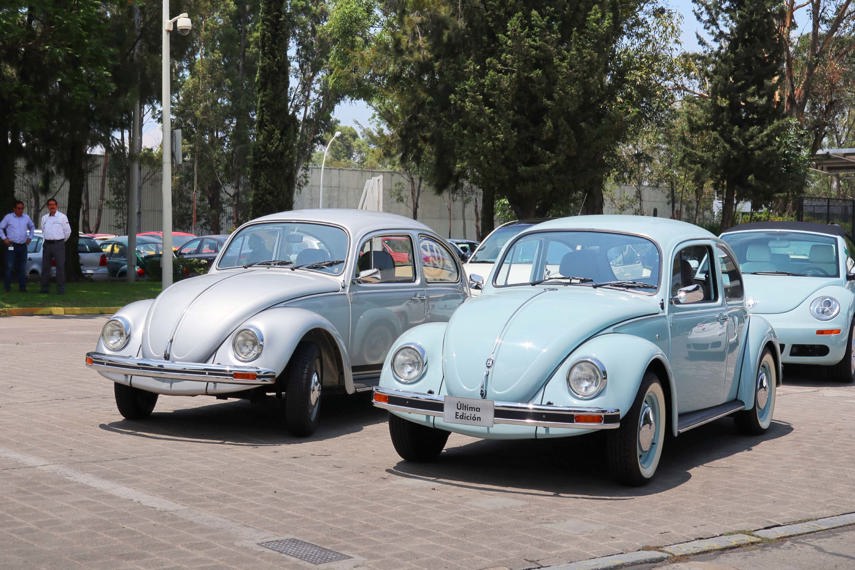
So sometime soon – the exact date hasn’t been determined, but it’ll probably be sometime in July – the mariachi bands will play again as the last New Beetle takes its place in history. I was one of a handful of auto writers who got a chance not just to see the plant, but to help build one.
In addition to the Beetle and Tiguan, the massive Puebla complex also makes the Jetta, Golf, Sportwagen, Alltrack, and GTI. One facility stamps the panels, and builds and paints the bodies. They’re then shipped to their respective assembly plants. My tasks included putting on a wheel, mounting the front bumper cover, screwing on the rear axle assembly, and putting the logo on the hood.
It’s a very modern plant, spotlessly clean and relatively quiet. Workers are clad in white overalls. The assembly line is overhead, and the cars are suspended from it. And in keeping with the culture, every plant contains a large shrine to the Virgin Mary.
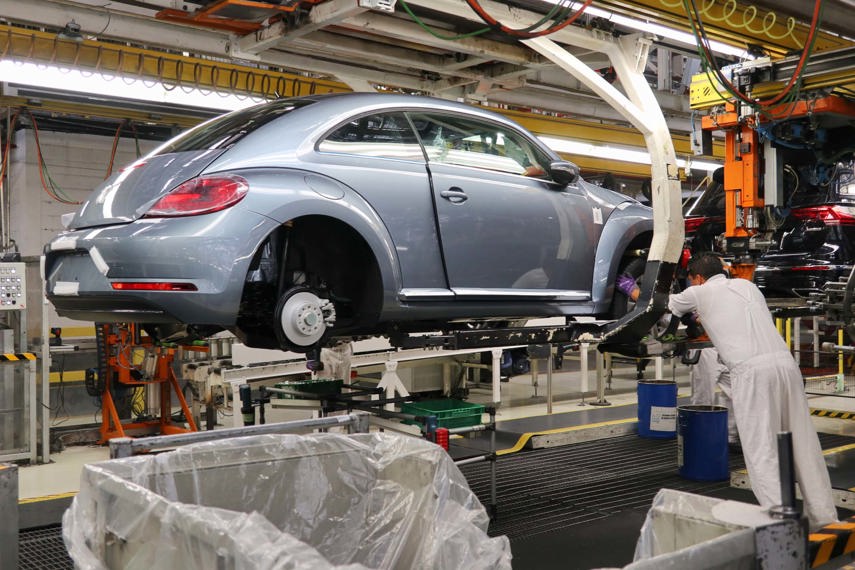
The workers make it look easy, but don’t let that fool you. Assembly-line work is hard and monotonous. The repetition of bending, twisting, kneeling, and pressing wears away at bones and muscle.
My first task was to put on a wheel. One worker does each side, front and back, but this newbie was assigned just a rear one. Computers monitor bar codes and computers, and a line alongside delivers the correct wheels exactly as the car arrives.
As it does, an overhead arm swings around, and the wheel is loaded onto it. The operator turns the arm so the wheel is facing the car, and loads five lug nuts into a hydraulic gun. The car keeps moving as he pushes the arm into position, turning the wheel so its holes line up. He picks up the gun, inserts the studs, and whirls all five on at once. He hits a button to release the wheel, and then he spins the arm back to load the next one. It’s done in seconds.
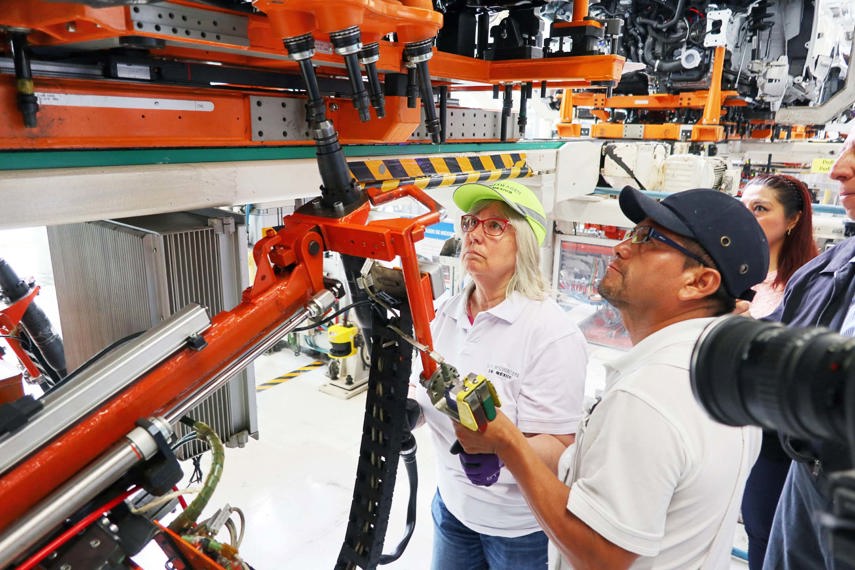
Me? Well, someone was kind enough to temporarily stop the line as I struggled. I first had to pull the arm down – because it’s used on different models, it can’t be set at one height – and it was surprisingly heavy. Loading the lug nuts was tricky, and of course I dropped one and had to go back for another. And then I had to stretch over the machine and twist the wheel to line up the holes, which was not an easy task.
Prior to my trip, I jokingly asked the Volkswagen rep if I could keep the Beetle I built. After my clumsy work, I definitely didn’t want that one. (According to the build sheet, my car was destined for China, and our amateur work was flagged for quality check and, if necessary, final repair.)
Putting on the logo sounded easy enough, especially since it had three little nubs that corresponded to tiny indentations in the hood – except that once I got it close enough, I couldn’t see them anymore. I took three times as long as the workers who knew the trick of lining everything up.
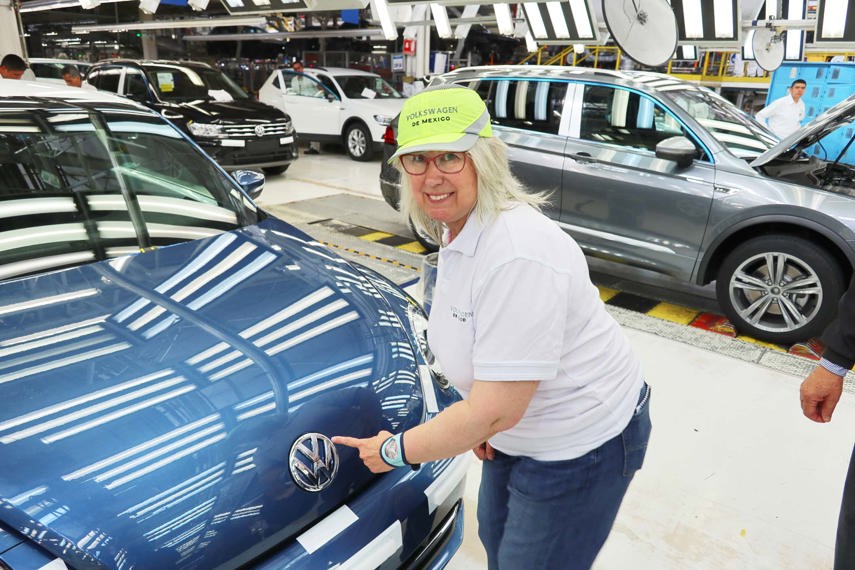
I screwed up, literally and figuratively, when securing the rear axle assembly. There are four bolts to tighten in a cross-pattern. The car is overhead and there’s an arm that you move up and sideways to put the socket on the bolt. Once again, the experienced operator made it look simple, but it was tough to line up the socket.
I had a practice run on a Tiguan, but didn’t realize I had to hold the trigger until the bolt was completely torqued tight. I stopped and then started again, which triggered a red circle on a small computer screen. That flagged the car, a warning that would follow it through its competition, and then reroute it to the repair department. When my Beetle showed up, I still wasn’t fast but I was thorough, and was rewarded with a green circle on every bolt.
But far and away, the toughest job was the front bumper cover. It’s a two-person job, one at each corner. First you brace the cover against your legs, reach in, and connect two wiring plugs. Then you hook the cover in at the bottom, lift it up, and smack it your hand until the outside corner pops into place. Then you take a plastic wedge, slip it under the fender edge, and press the cover under it. Take six small screws and a cordless drill to secure the cover at the top. And do all this while the car is moving forward, and you’re walking backwards.
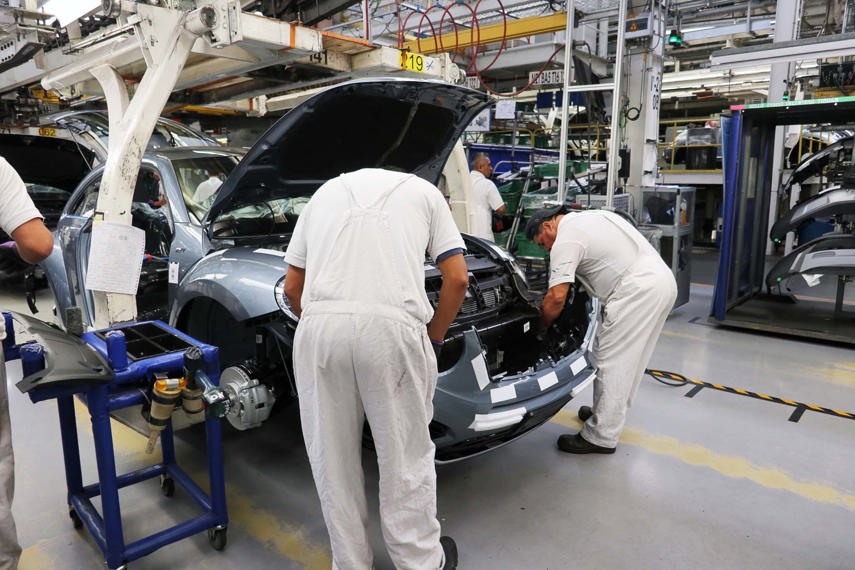
Did I say it was tough? These guys earn their pay, and then some. I had the liberty of thanking them and walking away, as they got ready for the next car in that endless line.
The plant operates three shifts Monday to Friday. One or two shifts may run on Saturday, and the lines stop on Sunday for maintenance. Between workers and suppliers, some 42,000 people are on the grounds every day. There’s even a bus station, operated by a Volkswagen partner, that runs 136 routes to take employees to and from the plant. There’s a short track, with undulations and high-speed braking, and every vehicle is tested on it. Perhaps oddest of all, there’s a kennel where the company breeds and trains dogs used for security patrol on the site.
Between the various models, some 2,100 to 2,300 vehicles are built each day, most of them shipped out by rail. The United States and Canada consume 63 percent of production, while 13 percent stays in Mexico, and the remainder goes to Latin America, Asia, and Europe.
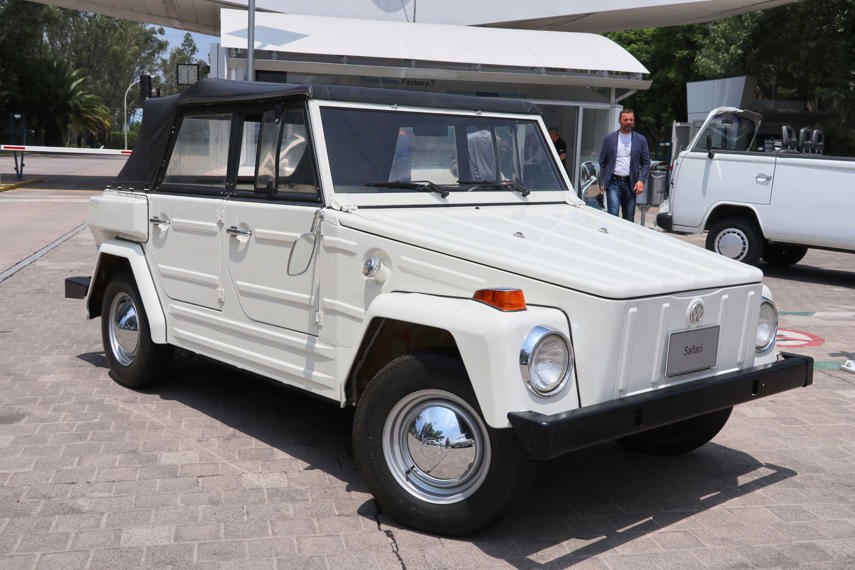
I had a taste of what Volkswagen de Mexico has built, when the company brought some past models out of its museum for us to drive. I piloted the 20 millionth Beetle built, a silver model that was made in May of 1981, and a 2003 Ultima Edition that was one of the last 1,000 Beetles made, along with newer Beetles and a 1973 Thing, the Beetle-based oddball where just about everything – roof, doors, windshield – could be removed or folded away.
These cars don’t come out all that often, and workers coming off their shift stopped to watch us go by. You could see the proud look in the older ones’ faces: they’d built these things, maybe even the very one passing by with that unmistakable engine sound. Spanish-speaking tongues had trouble with German names, and Volkswagen is popularly known as “Vocho” here.
I didn’t do much, but I did lend a hand to an iconic model that virtually everyone on the planet recognizes and will soon ride off into the sunset once again. My regret was that I wasn’t stationed by the spot where the fluids are added: I wanted to pour some in while yelling, “Beetlejuice! Beetlejuice!” But that, of course, would be another story.
